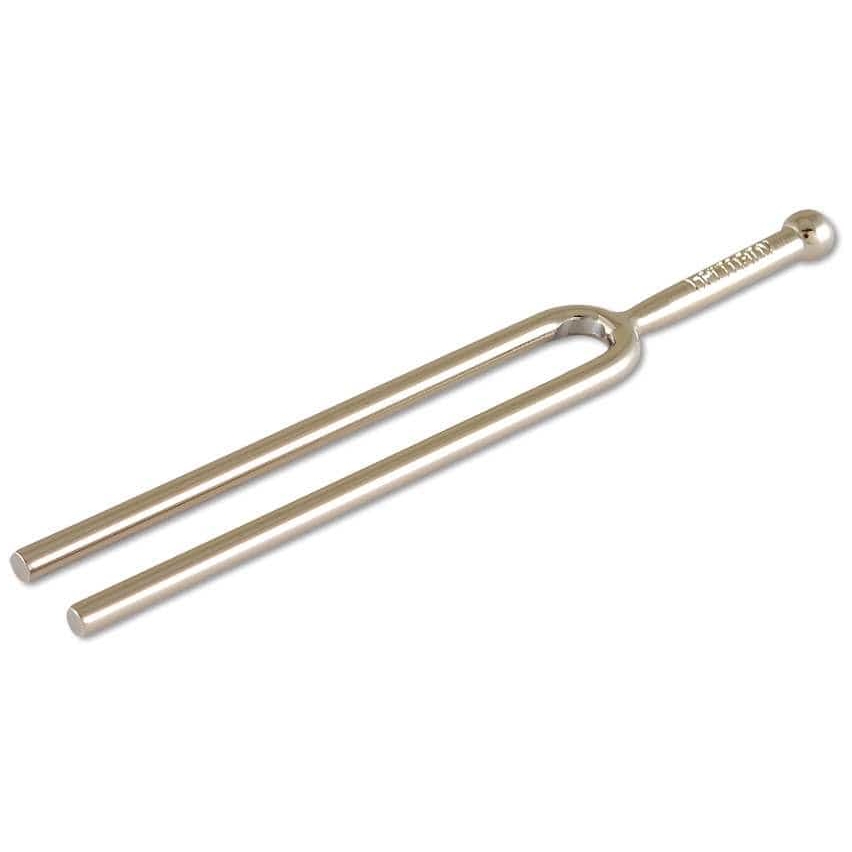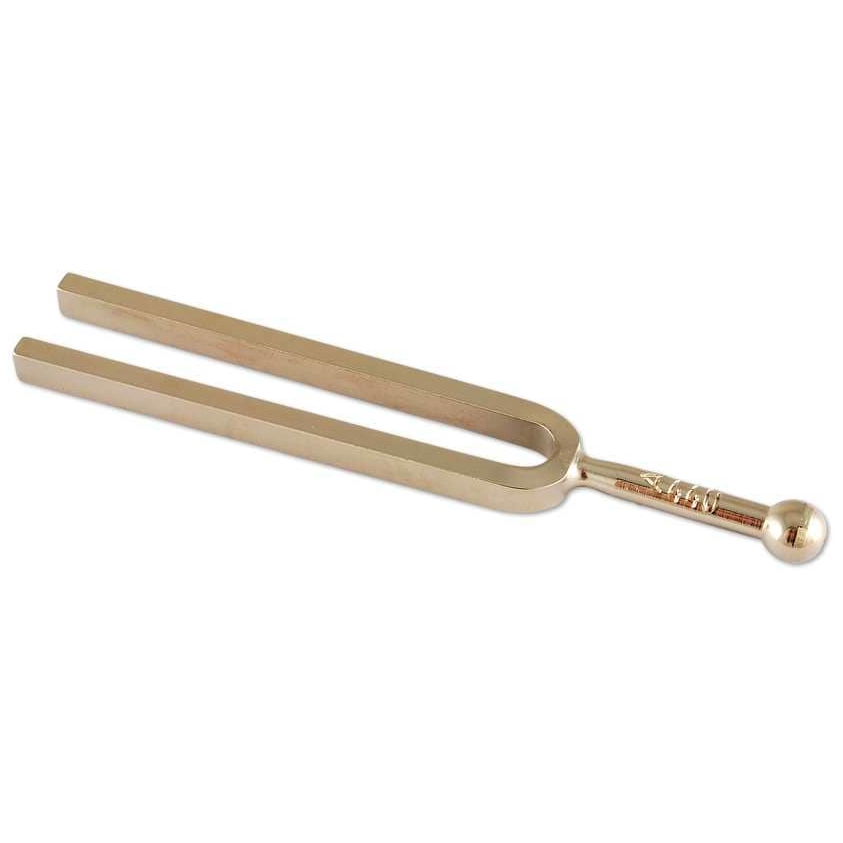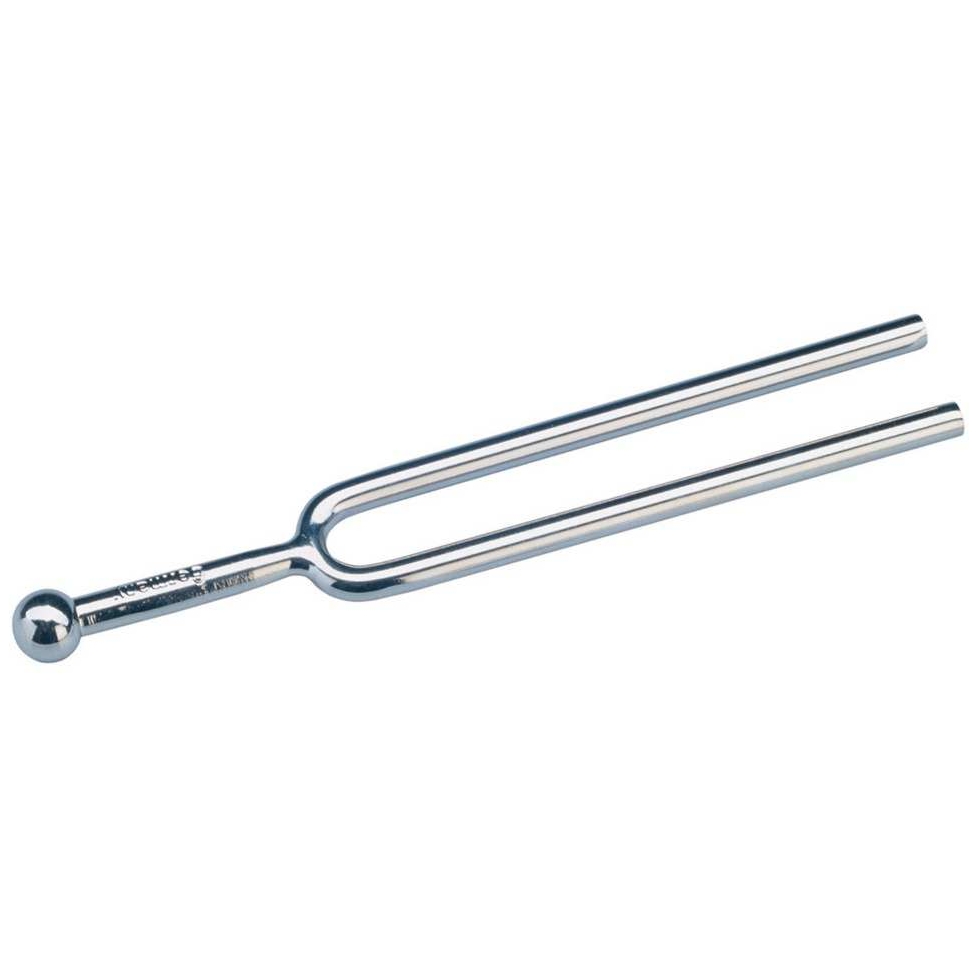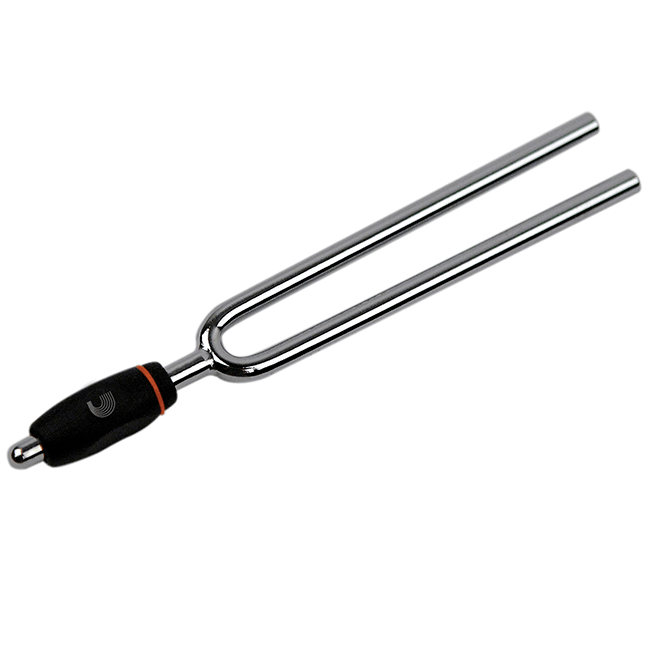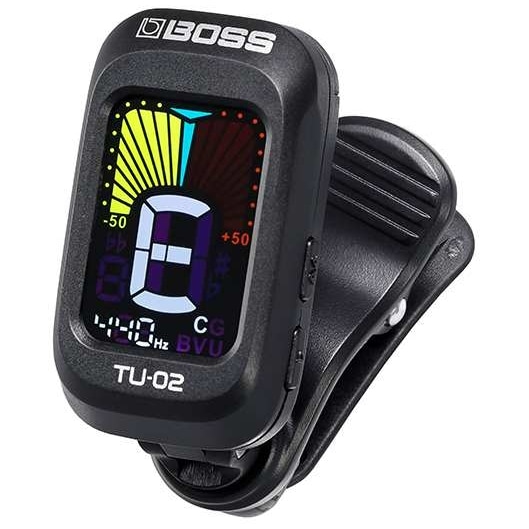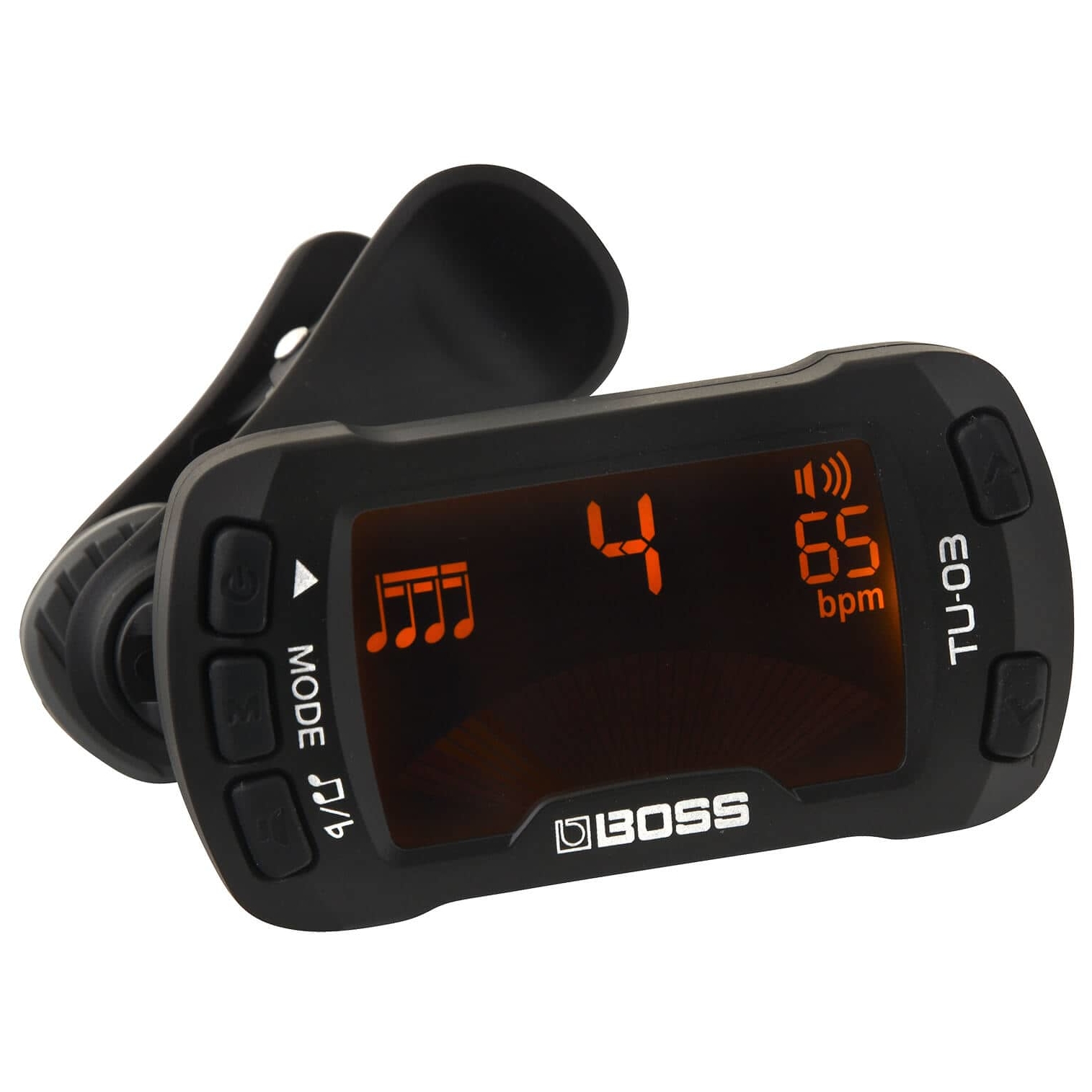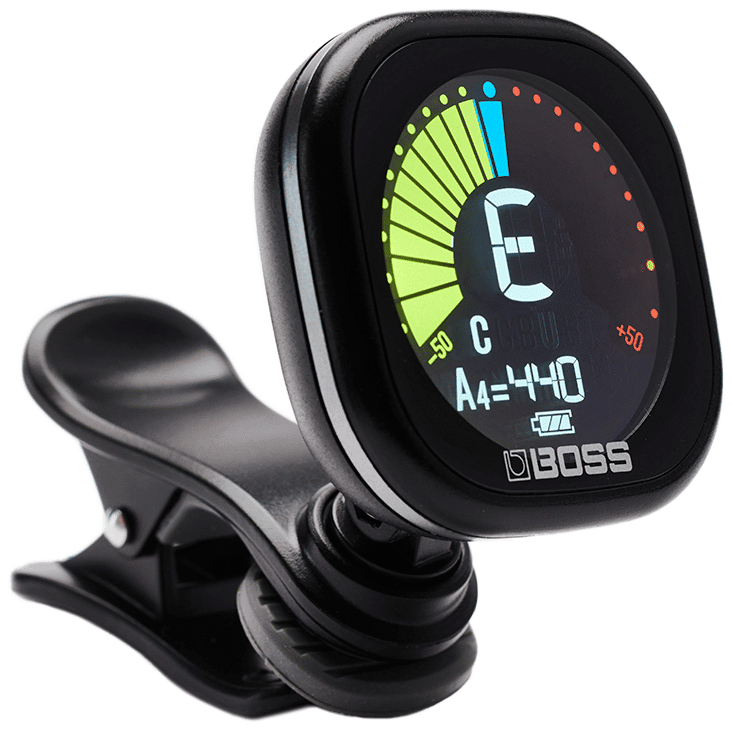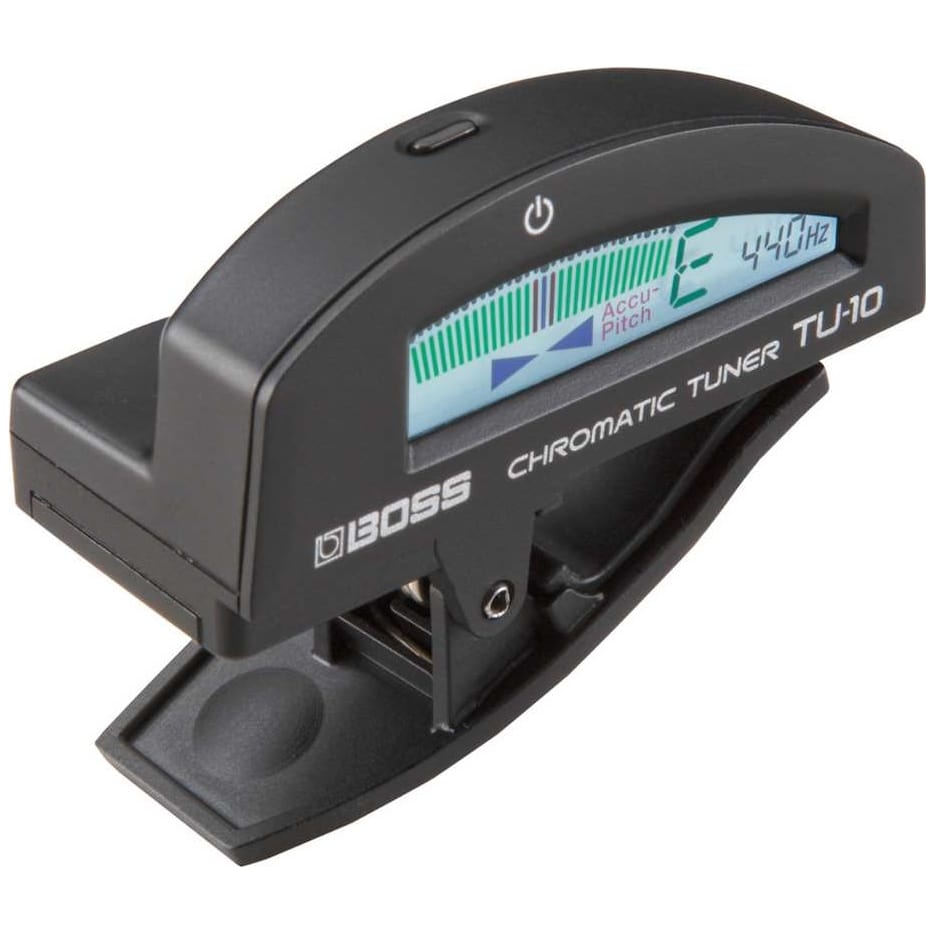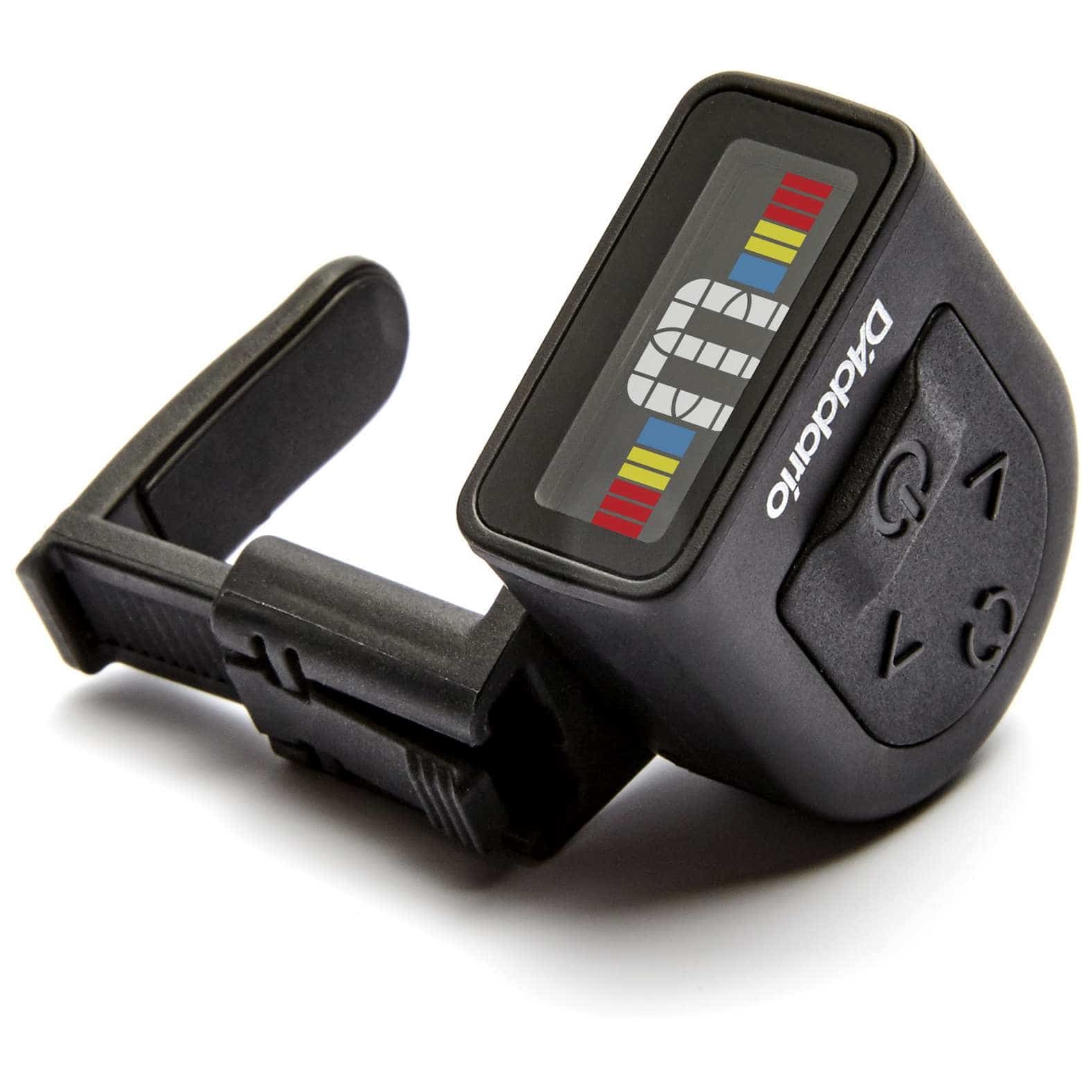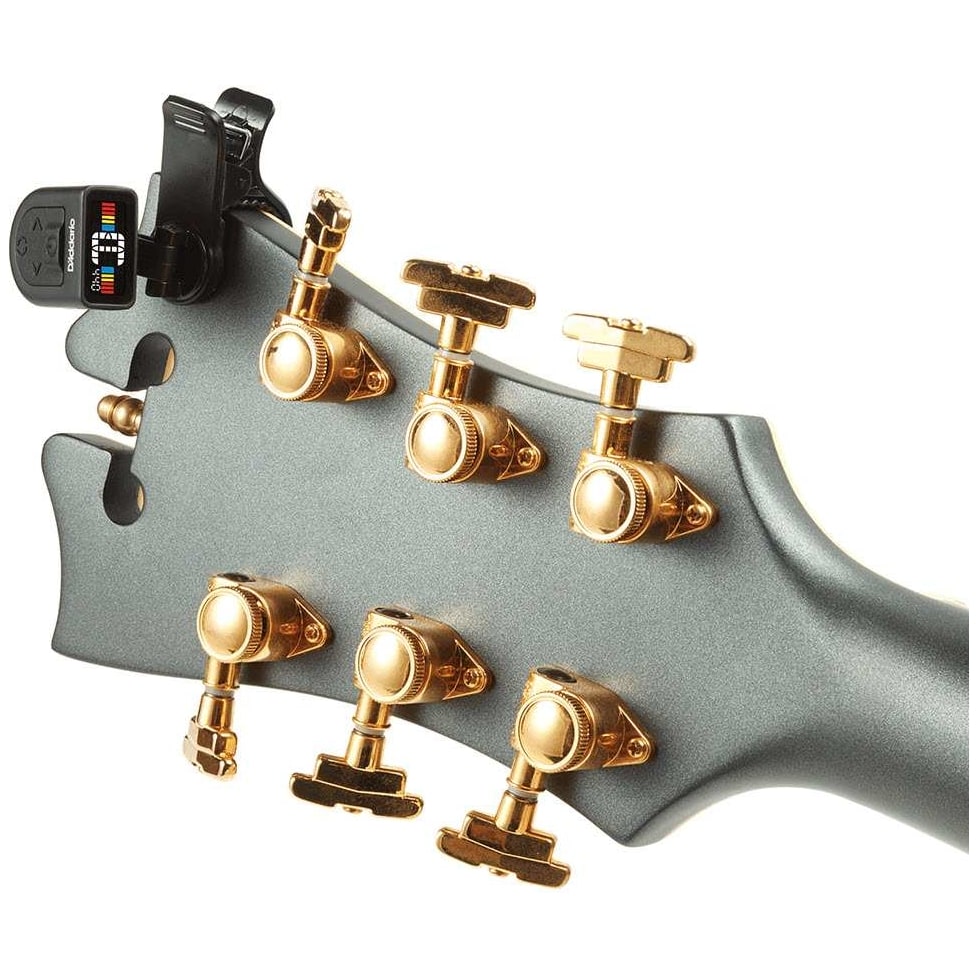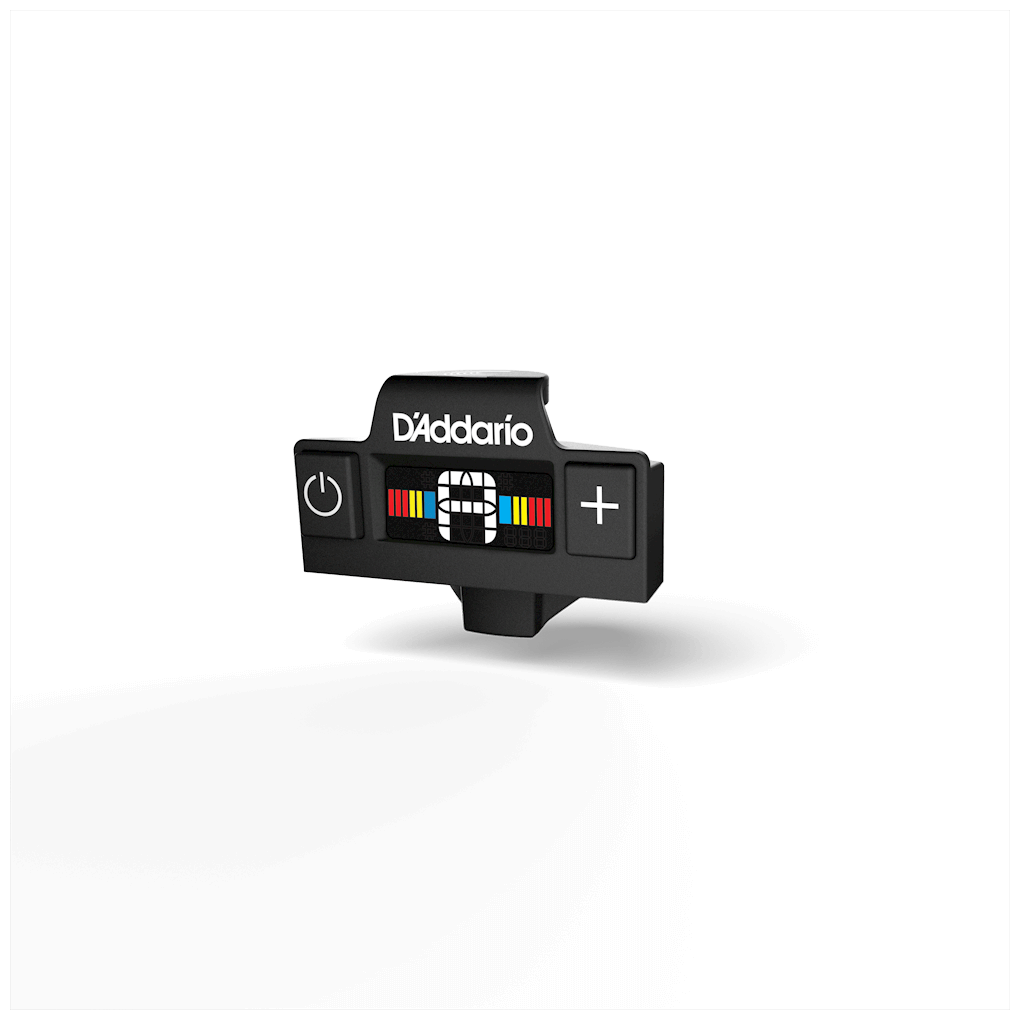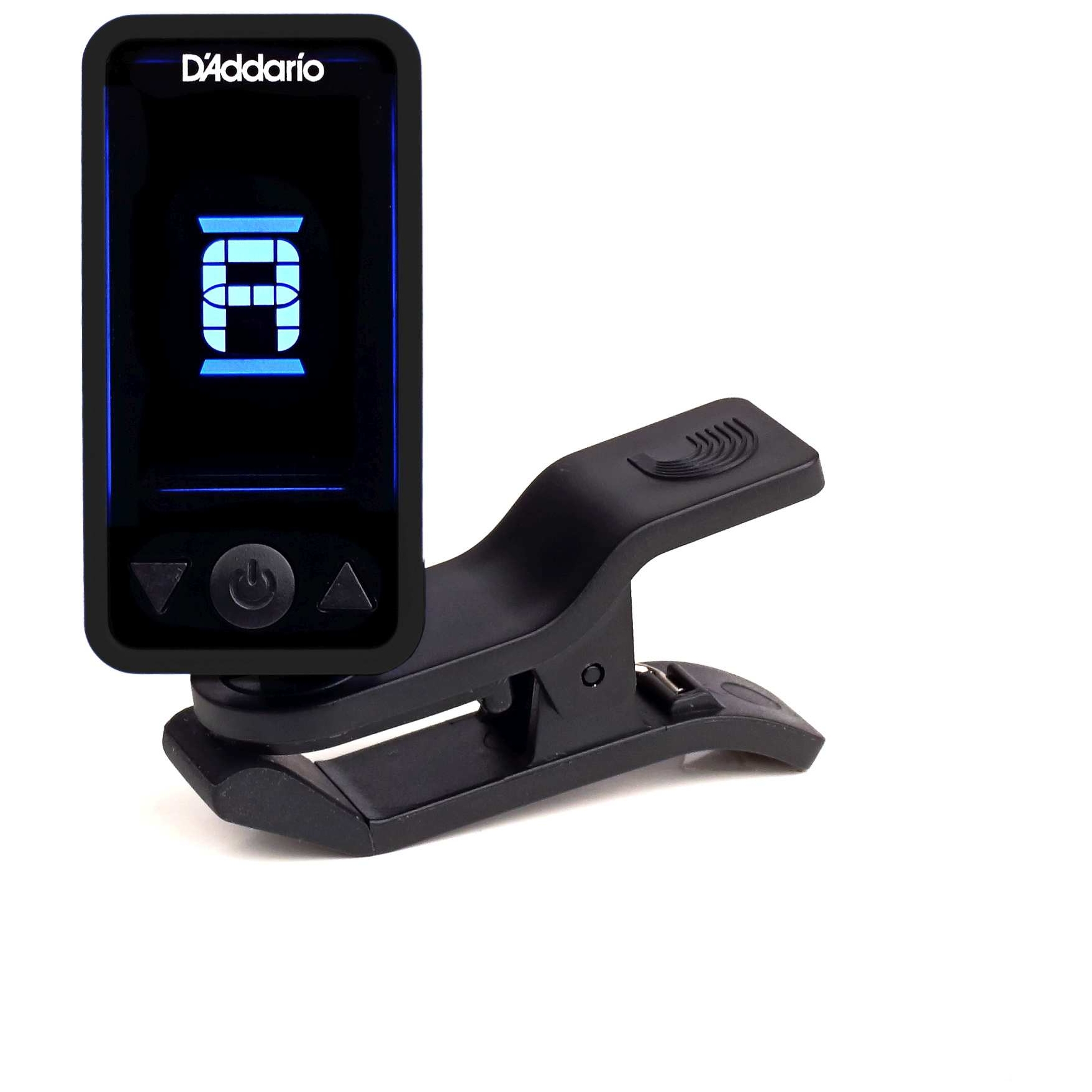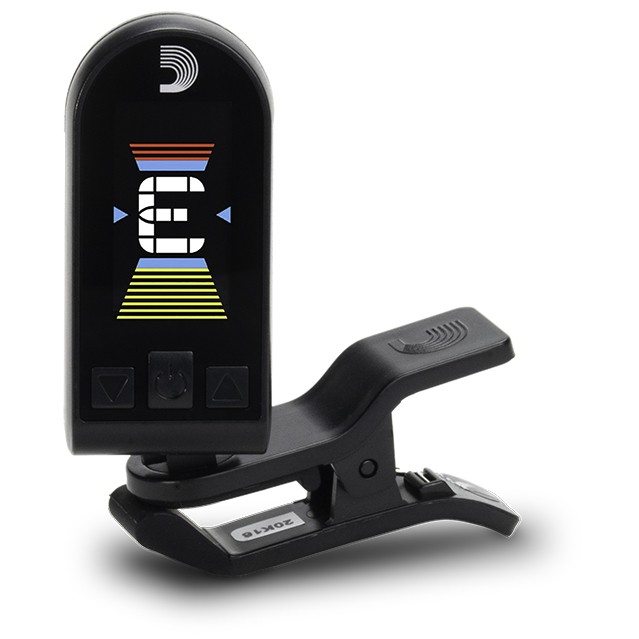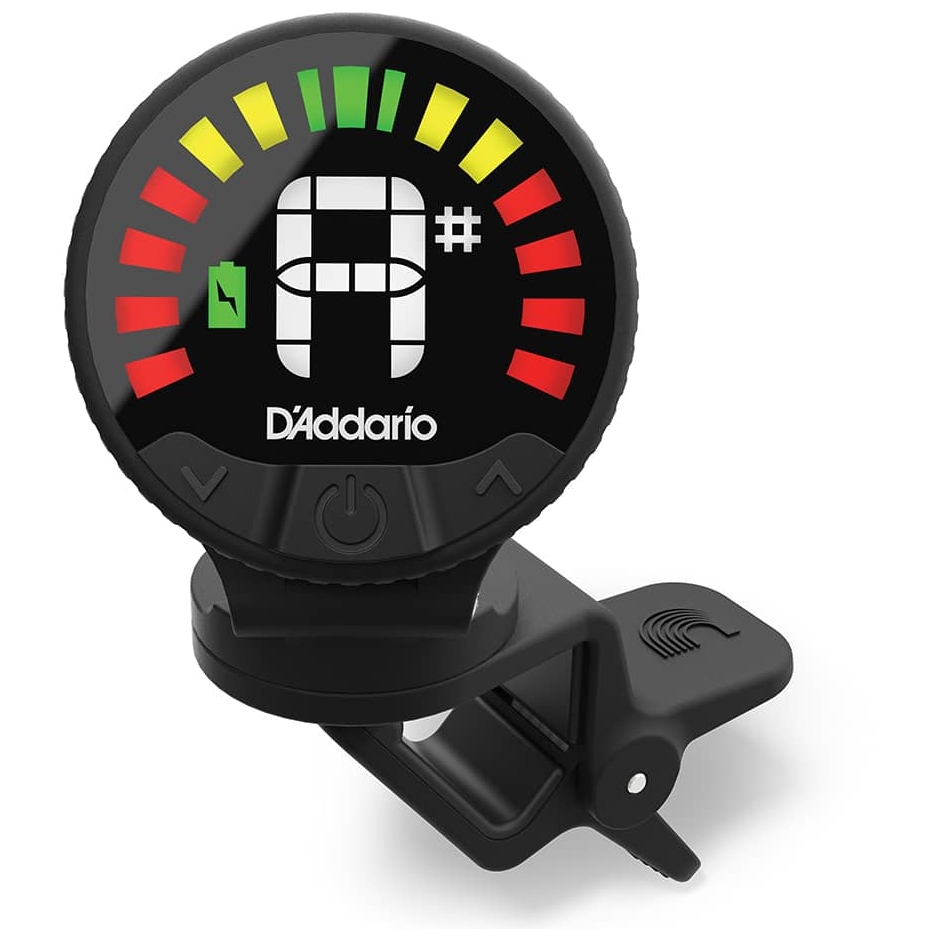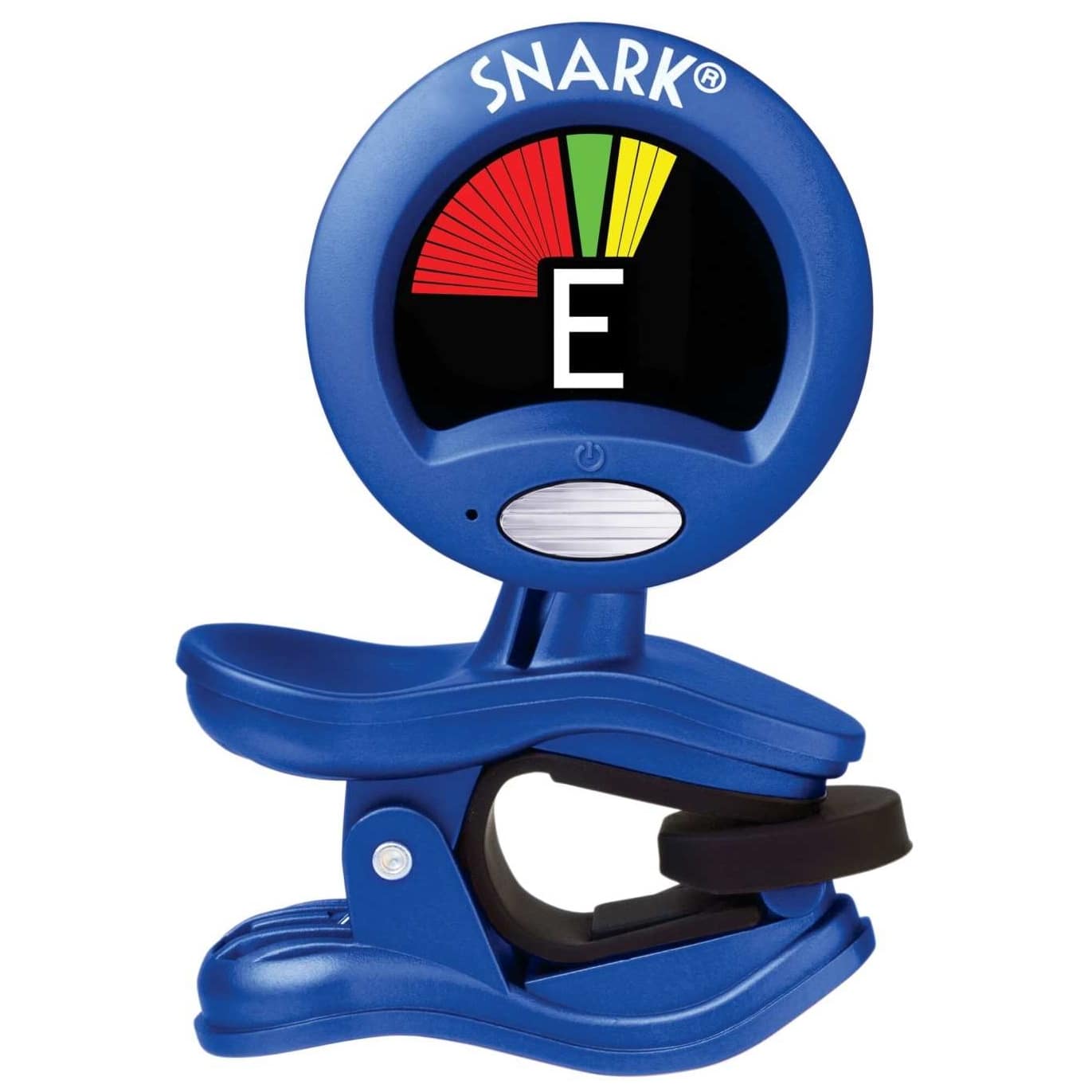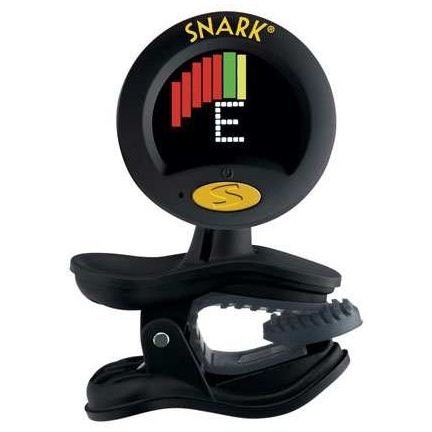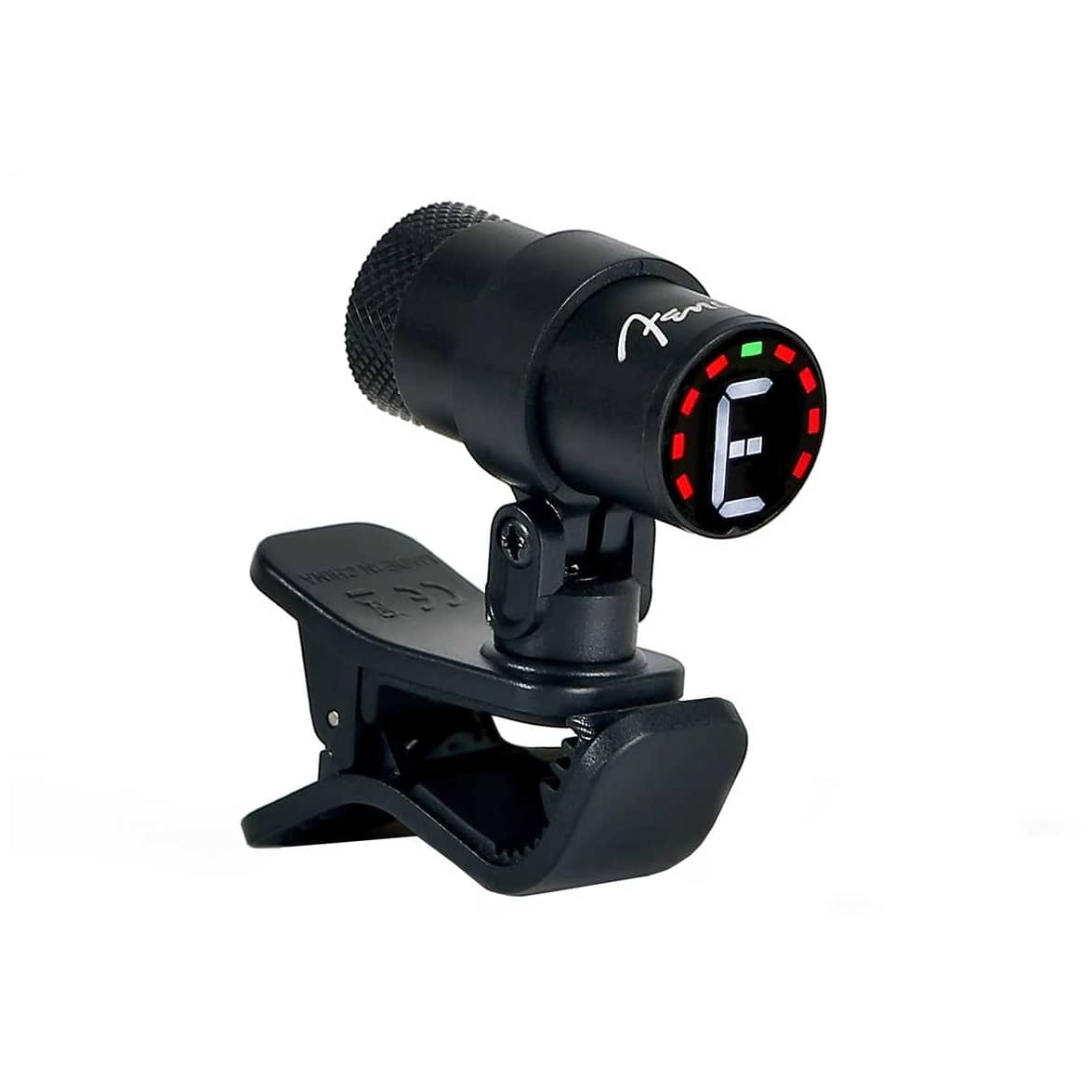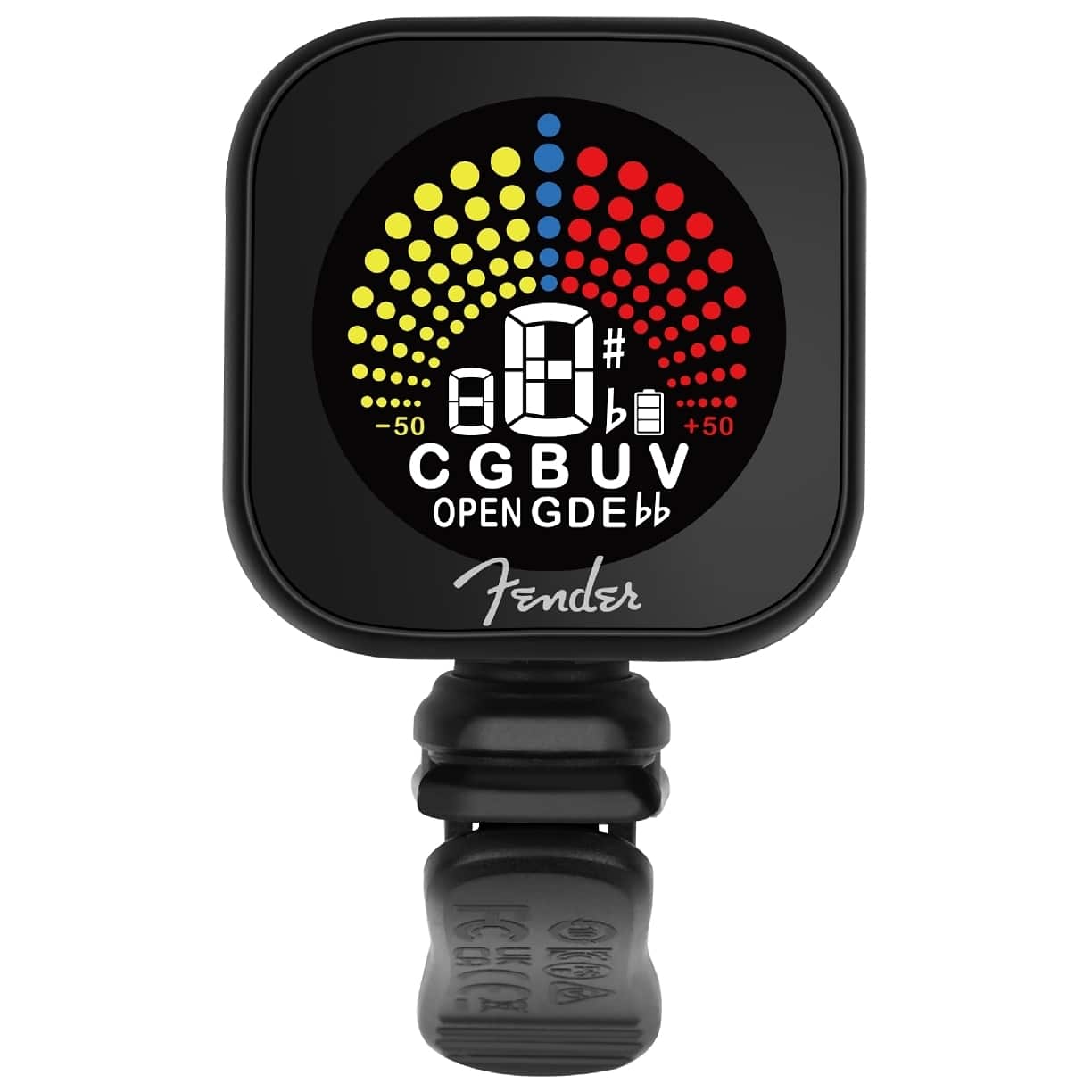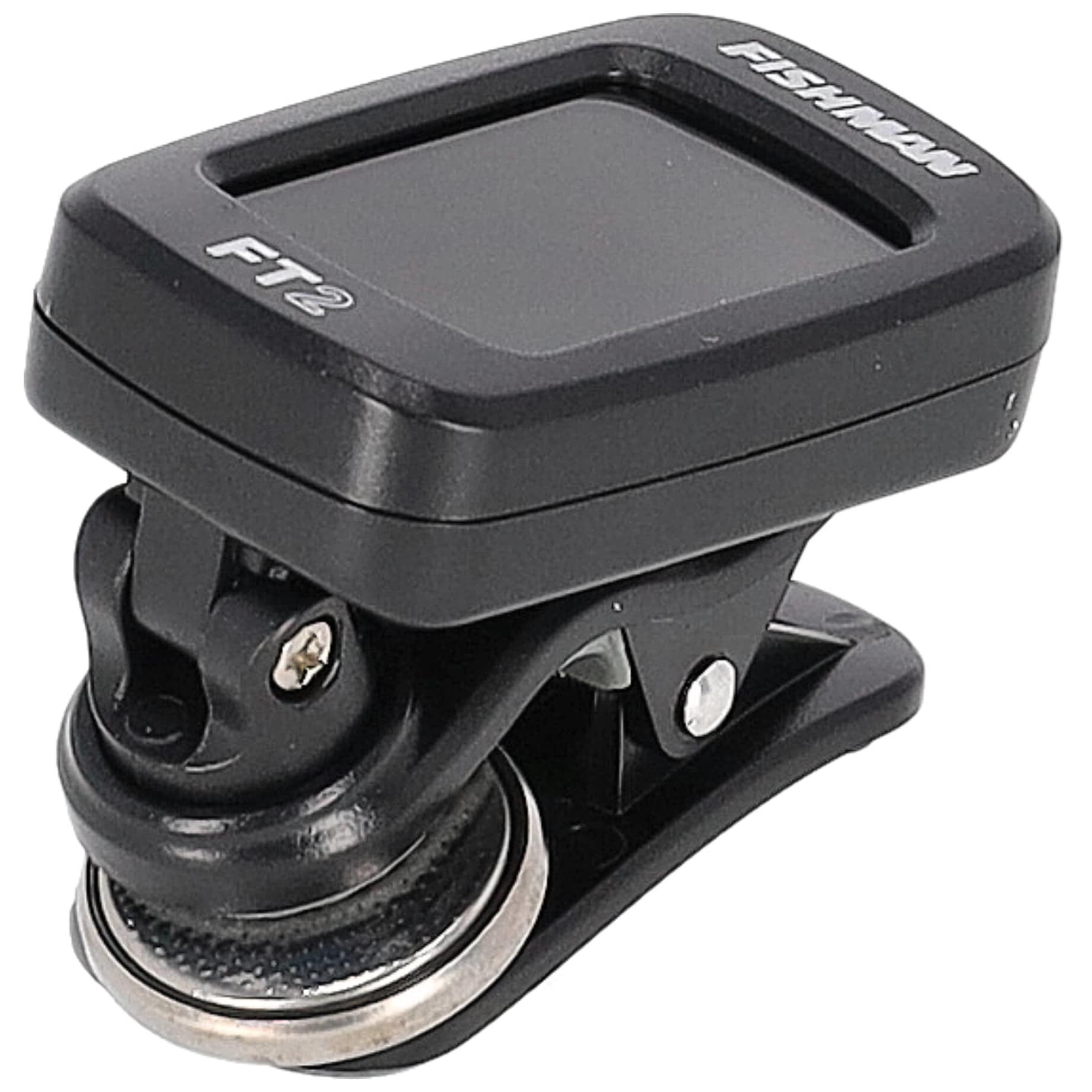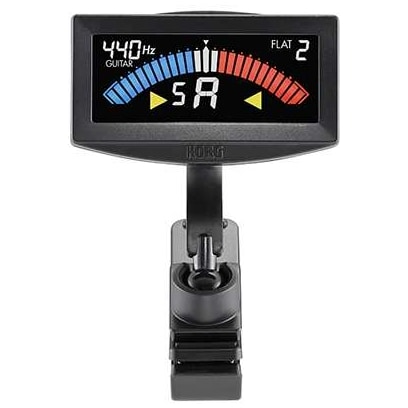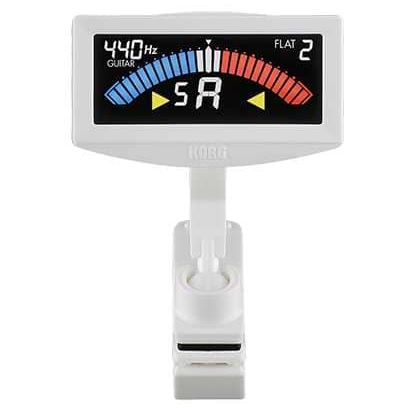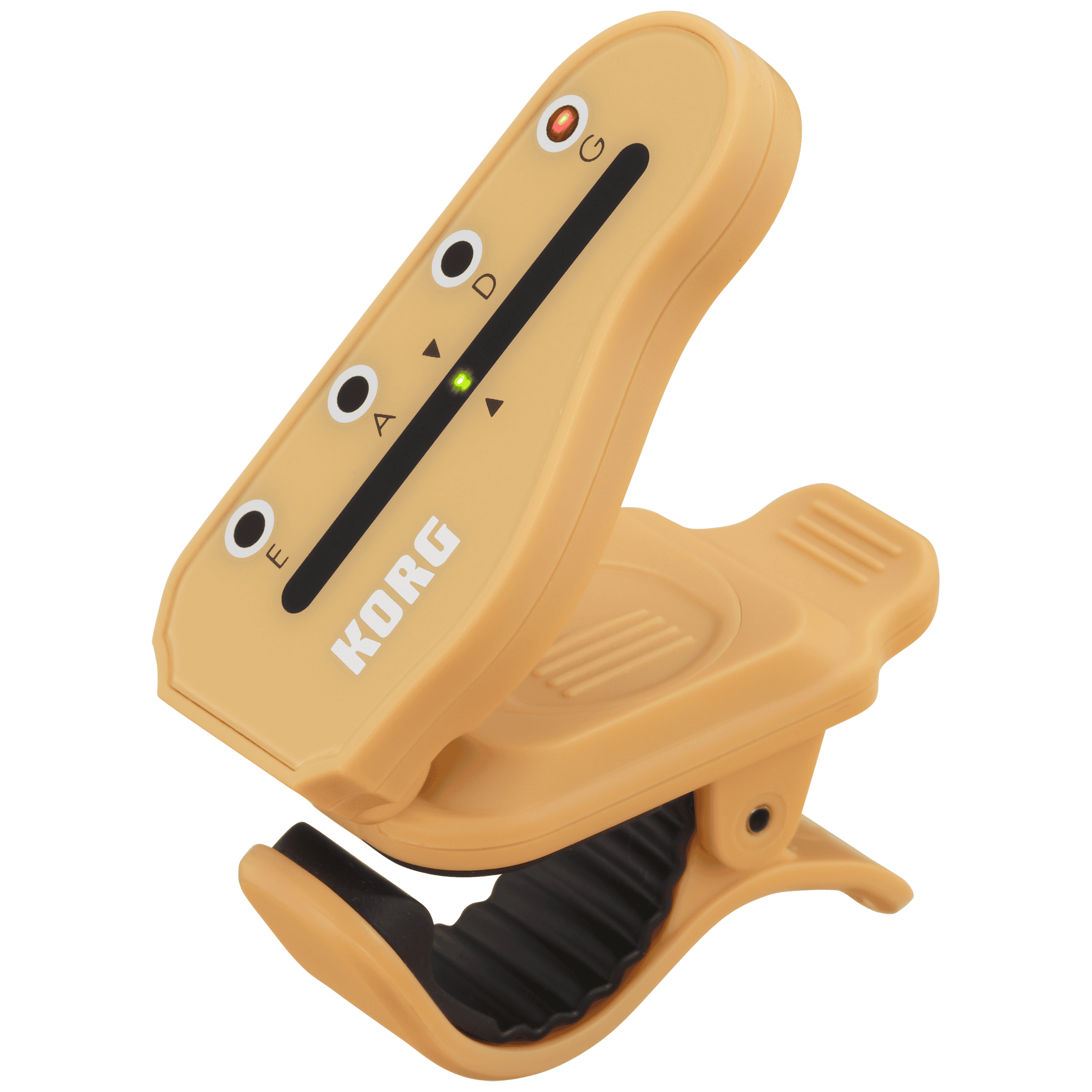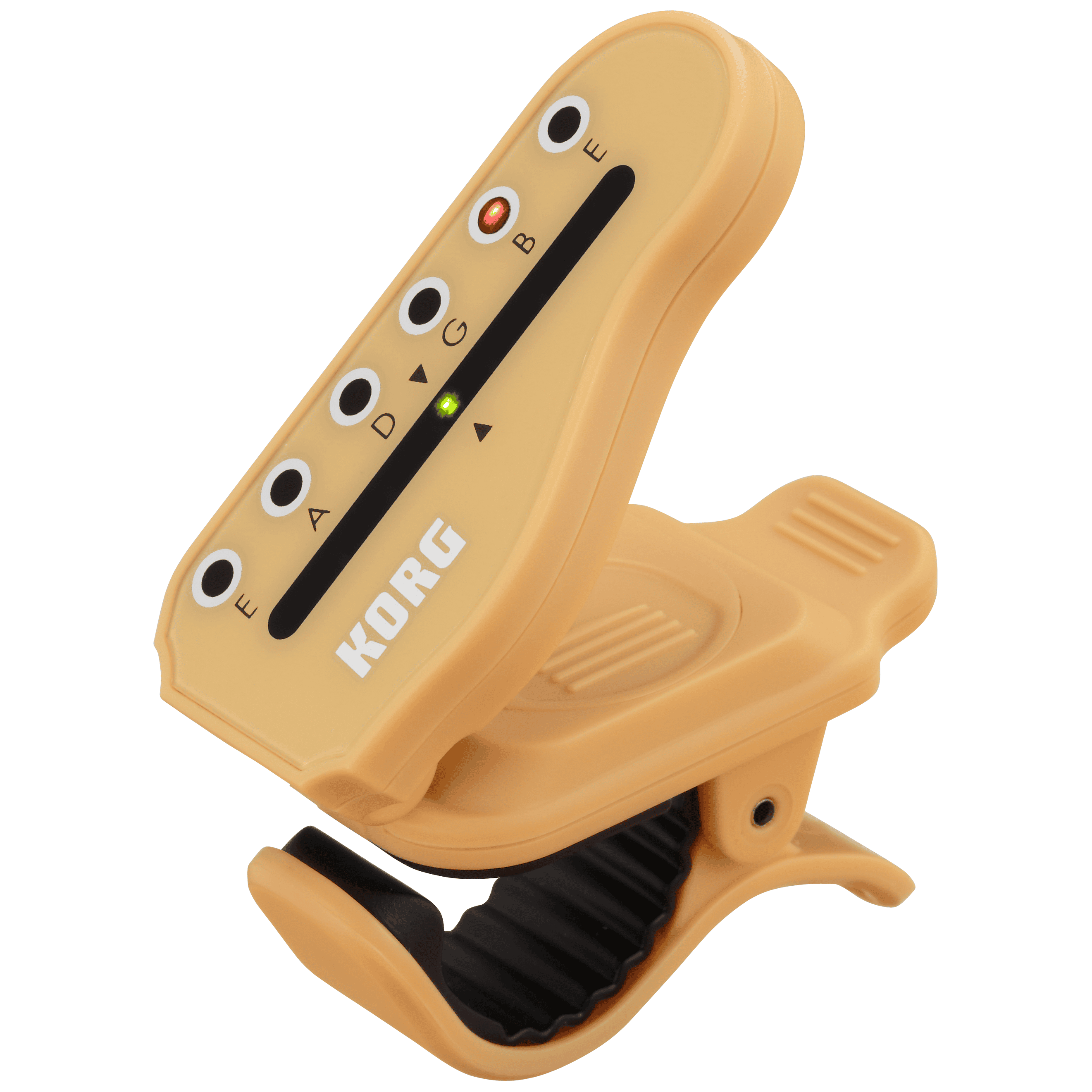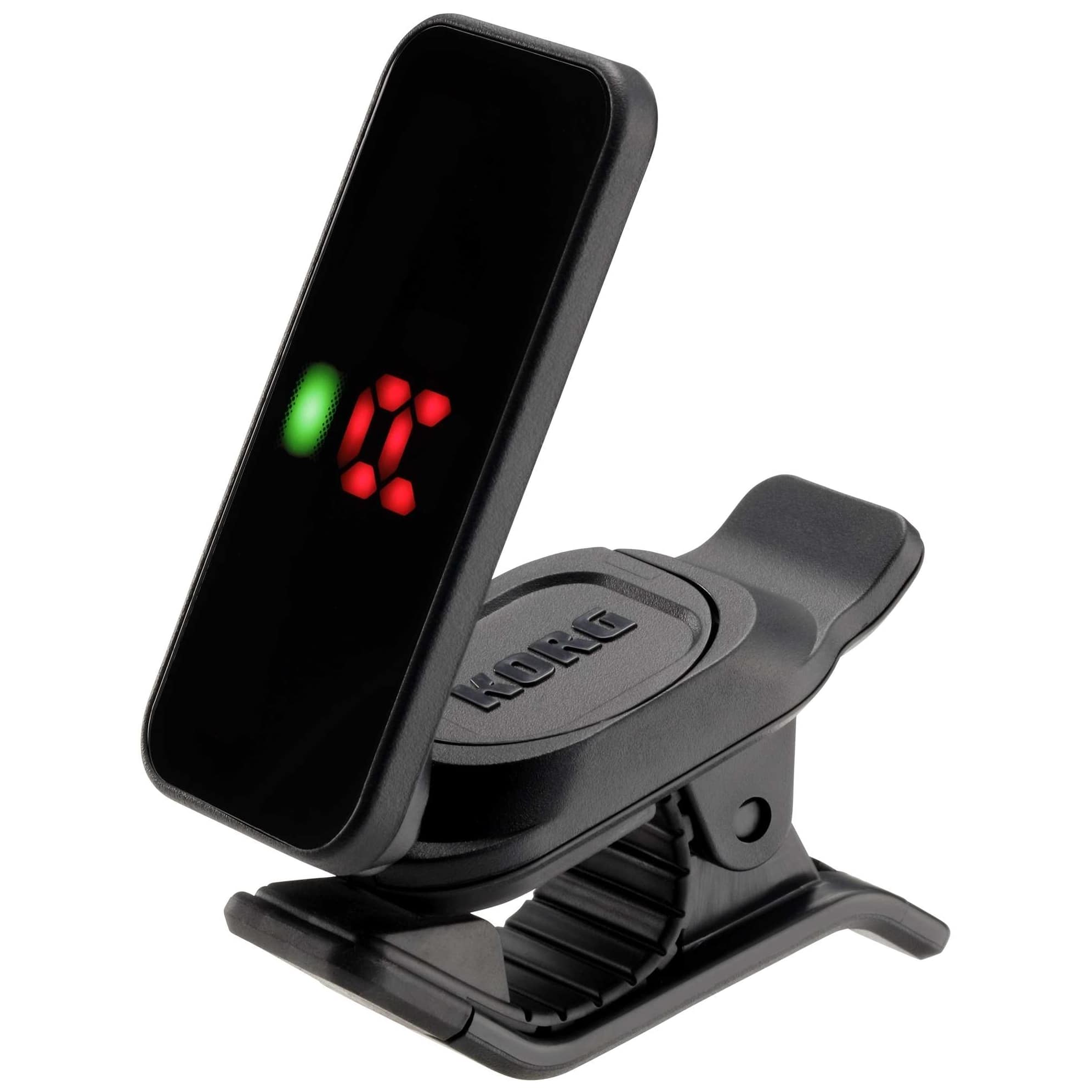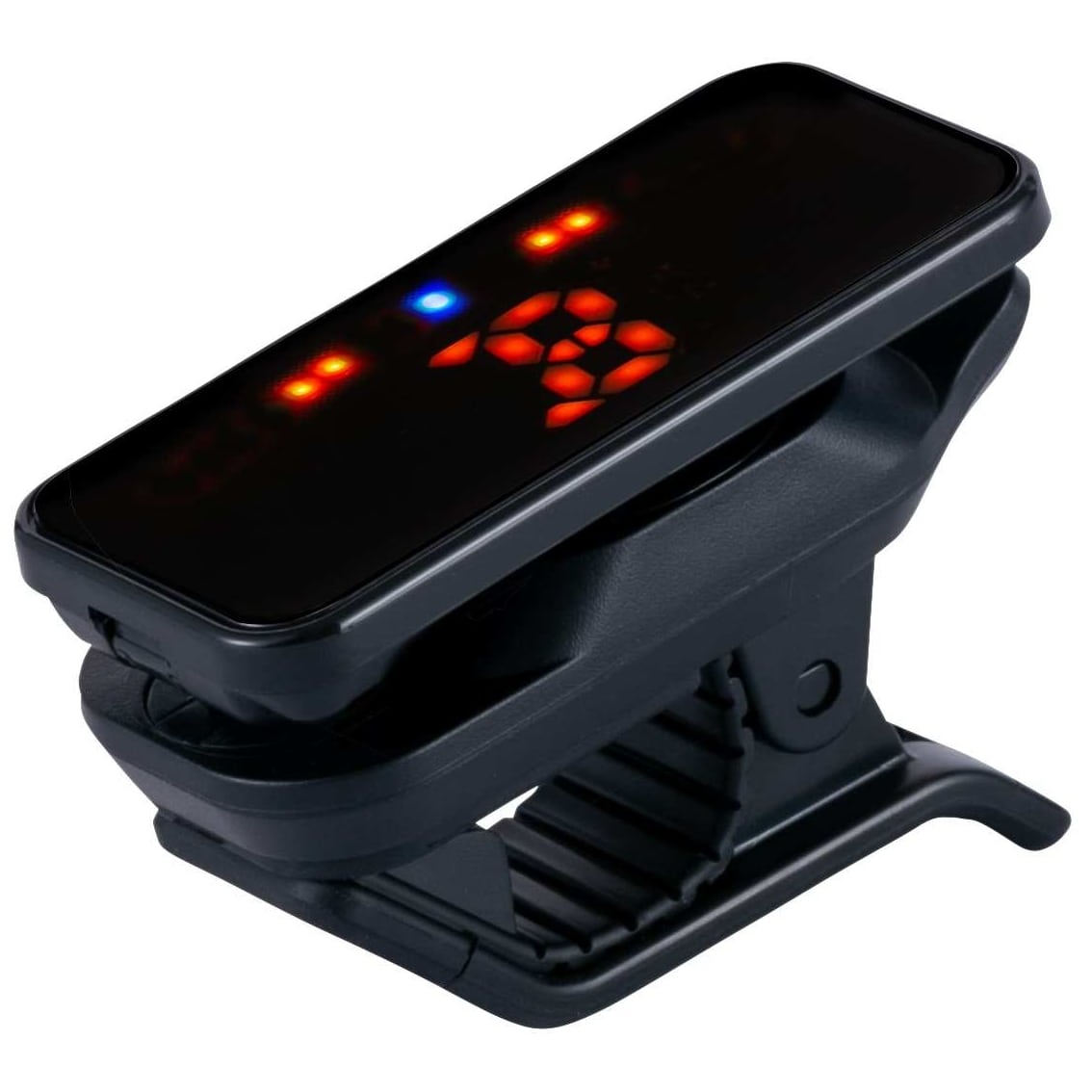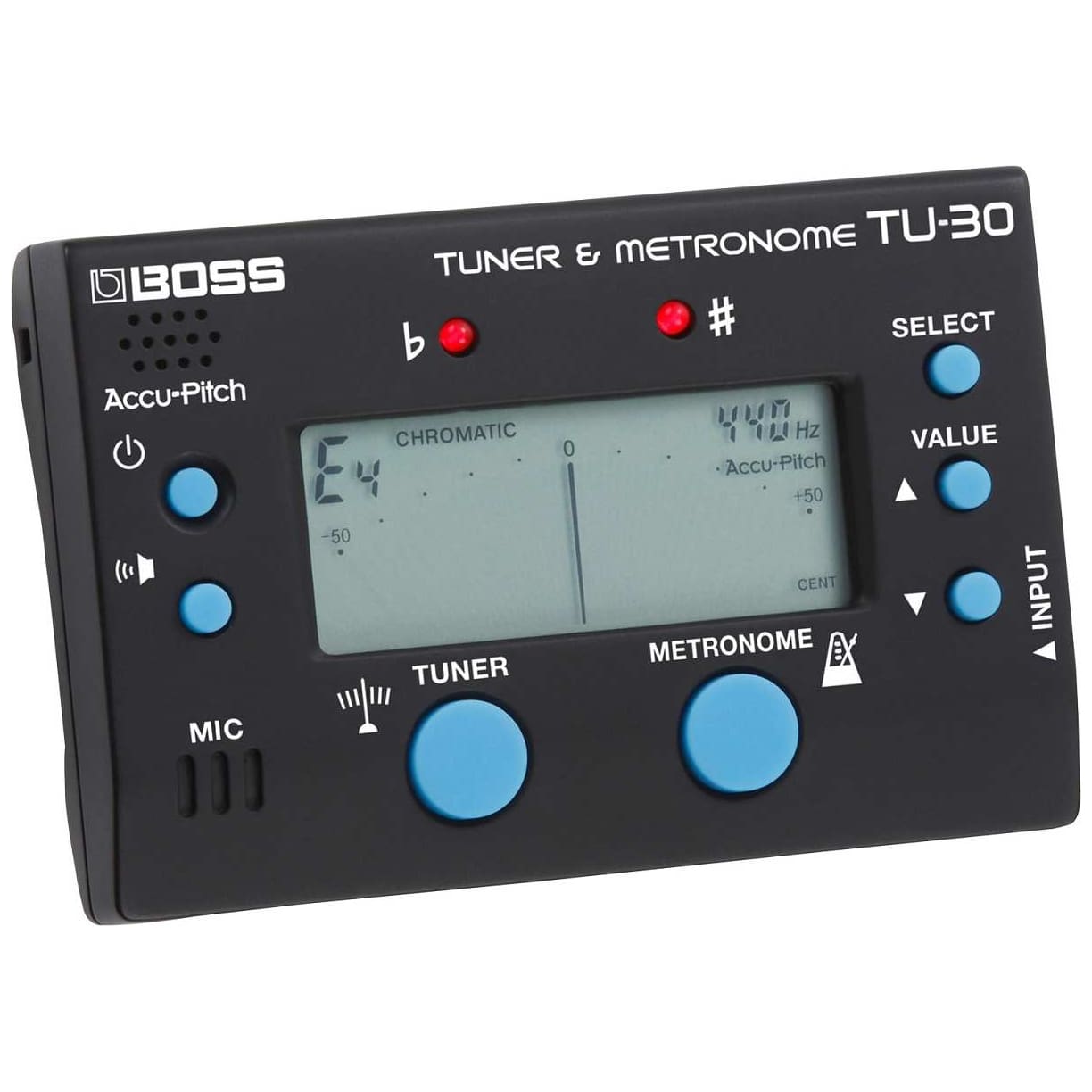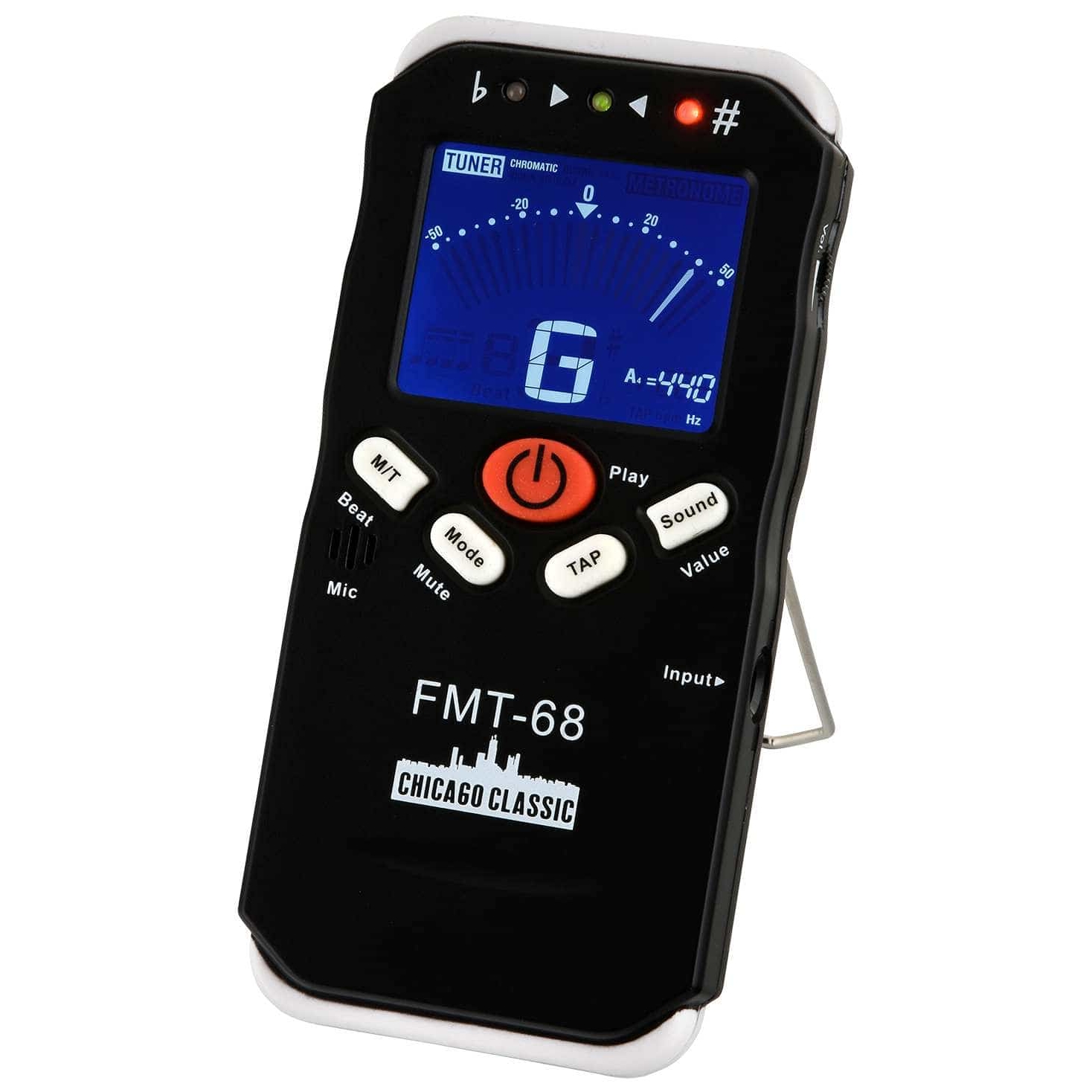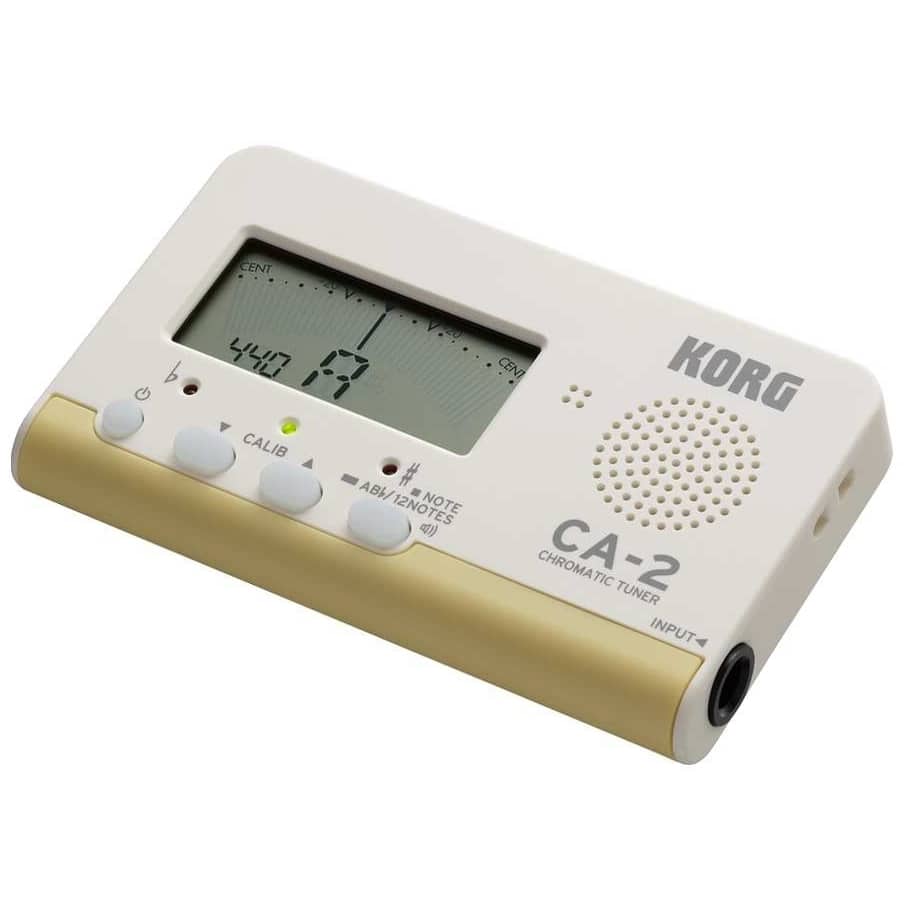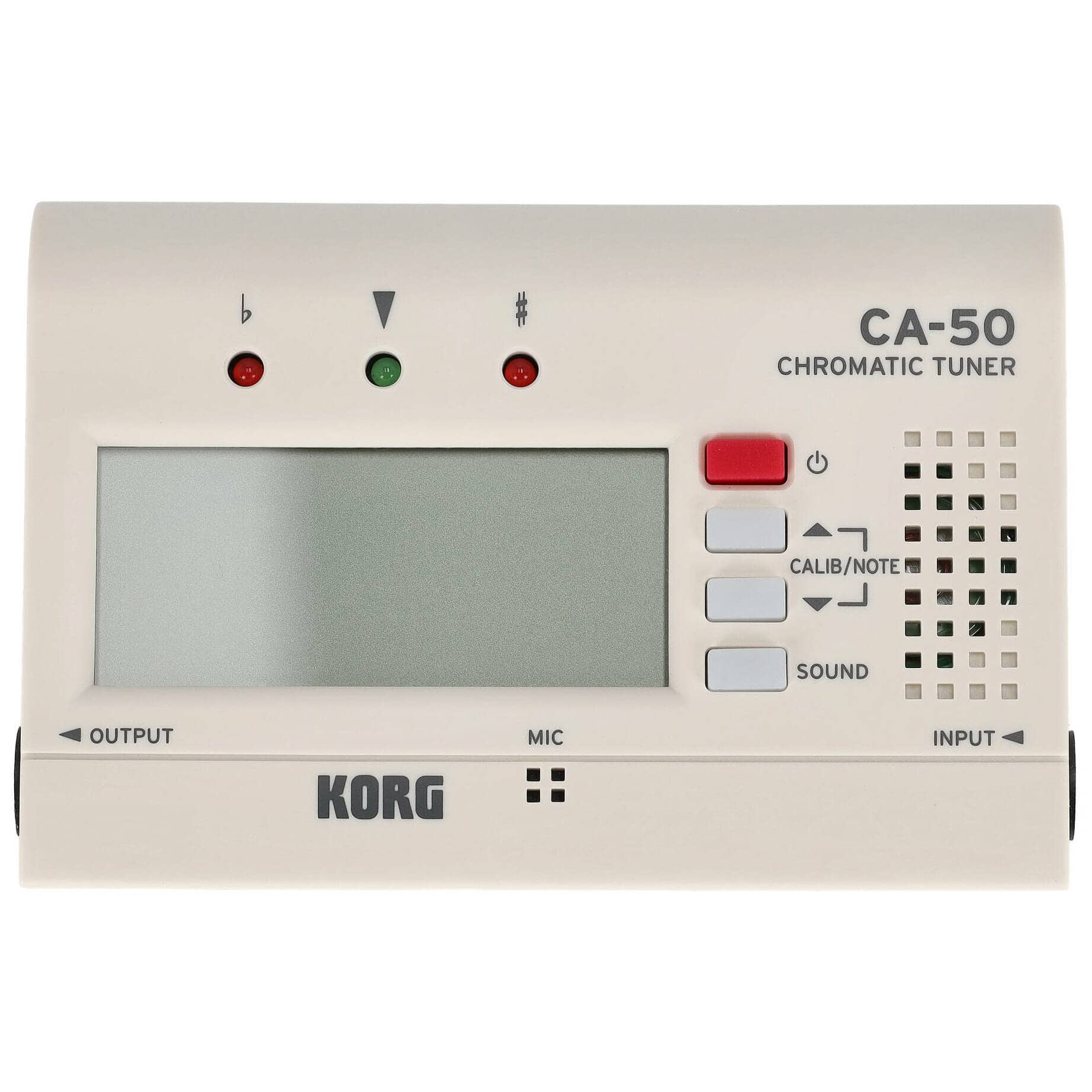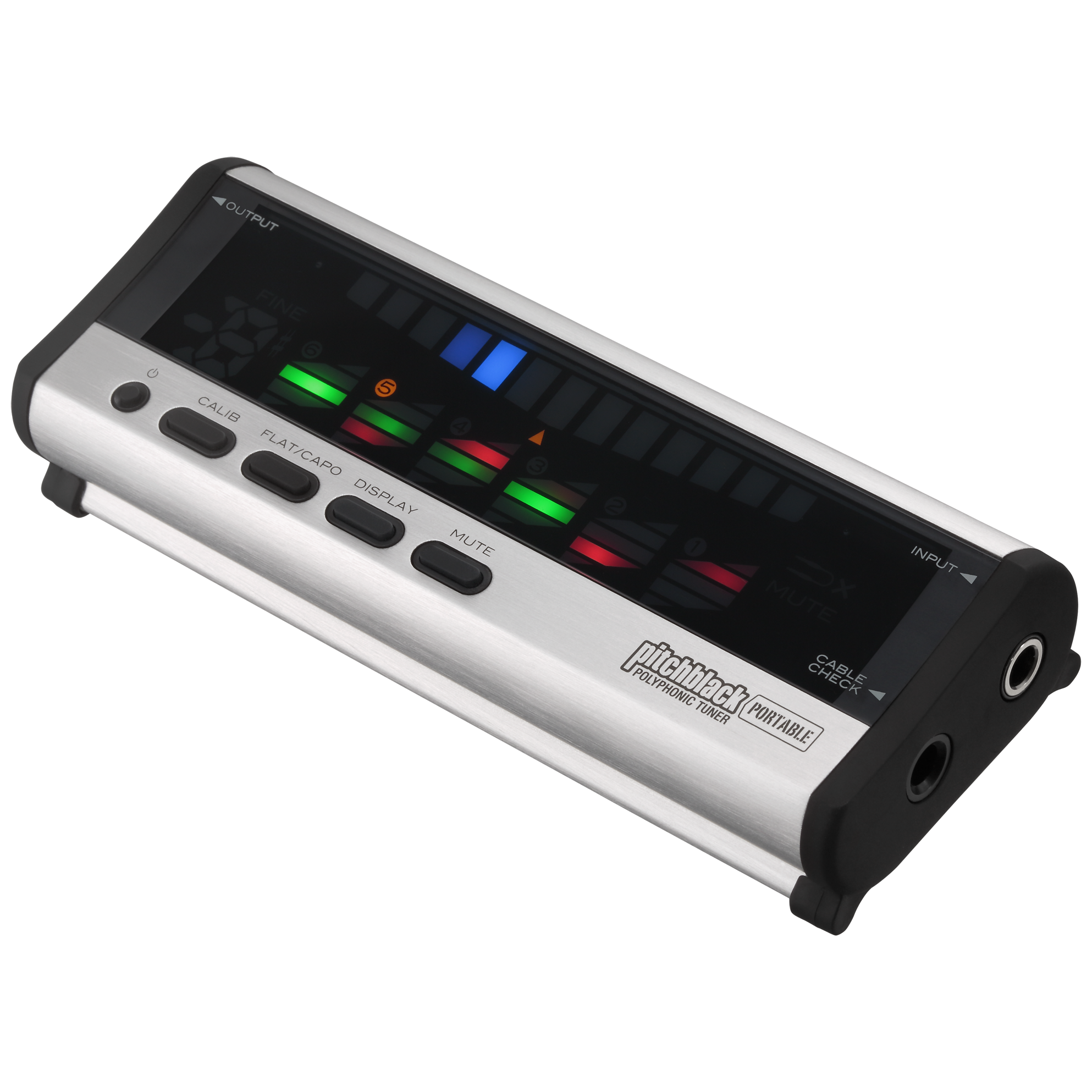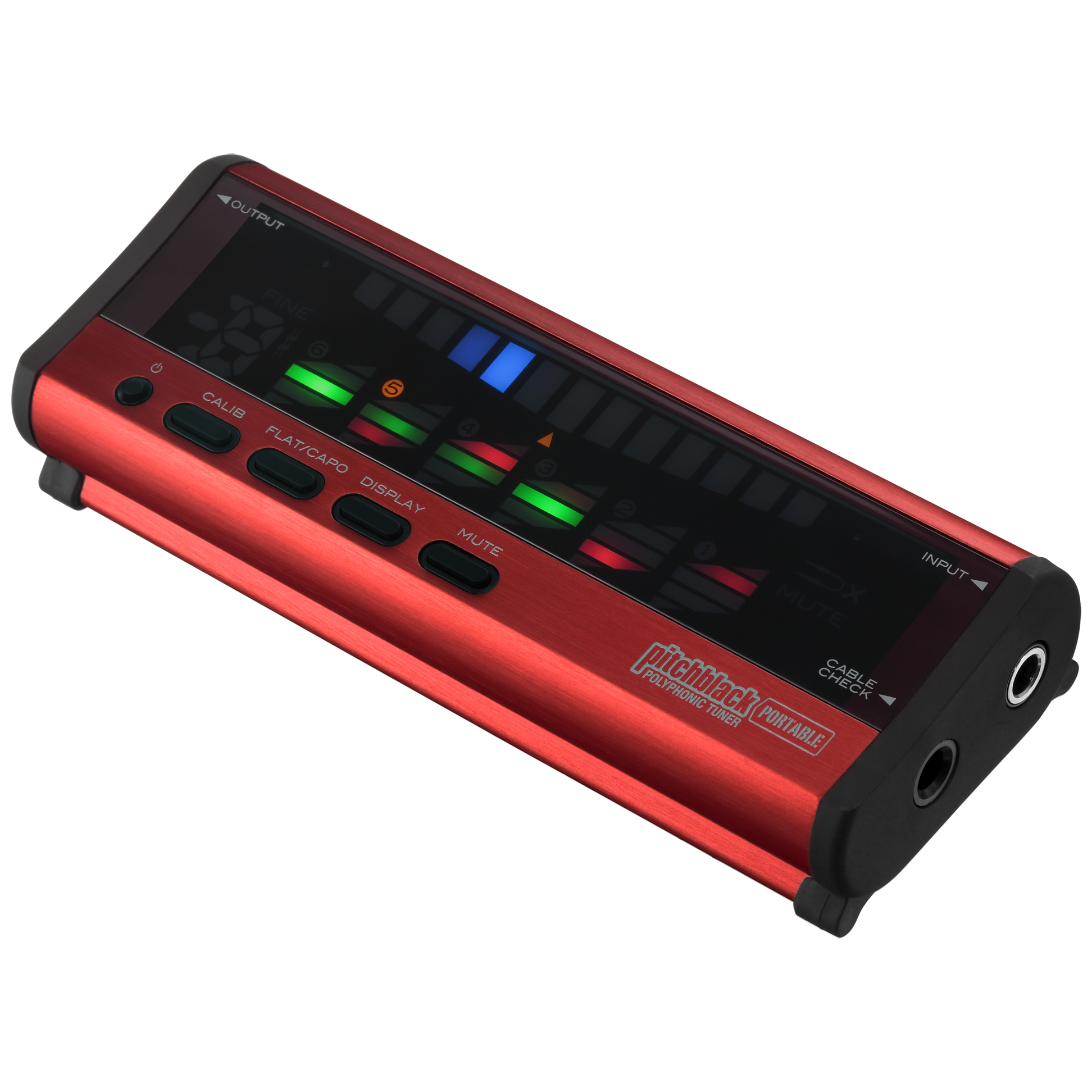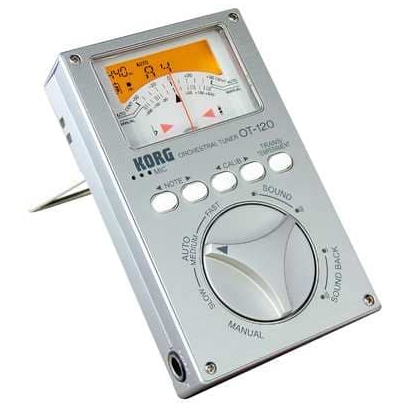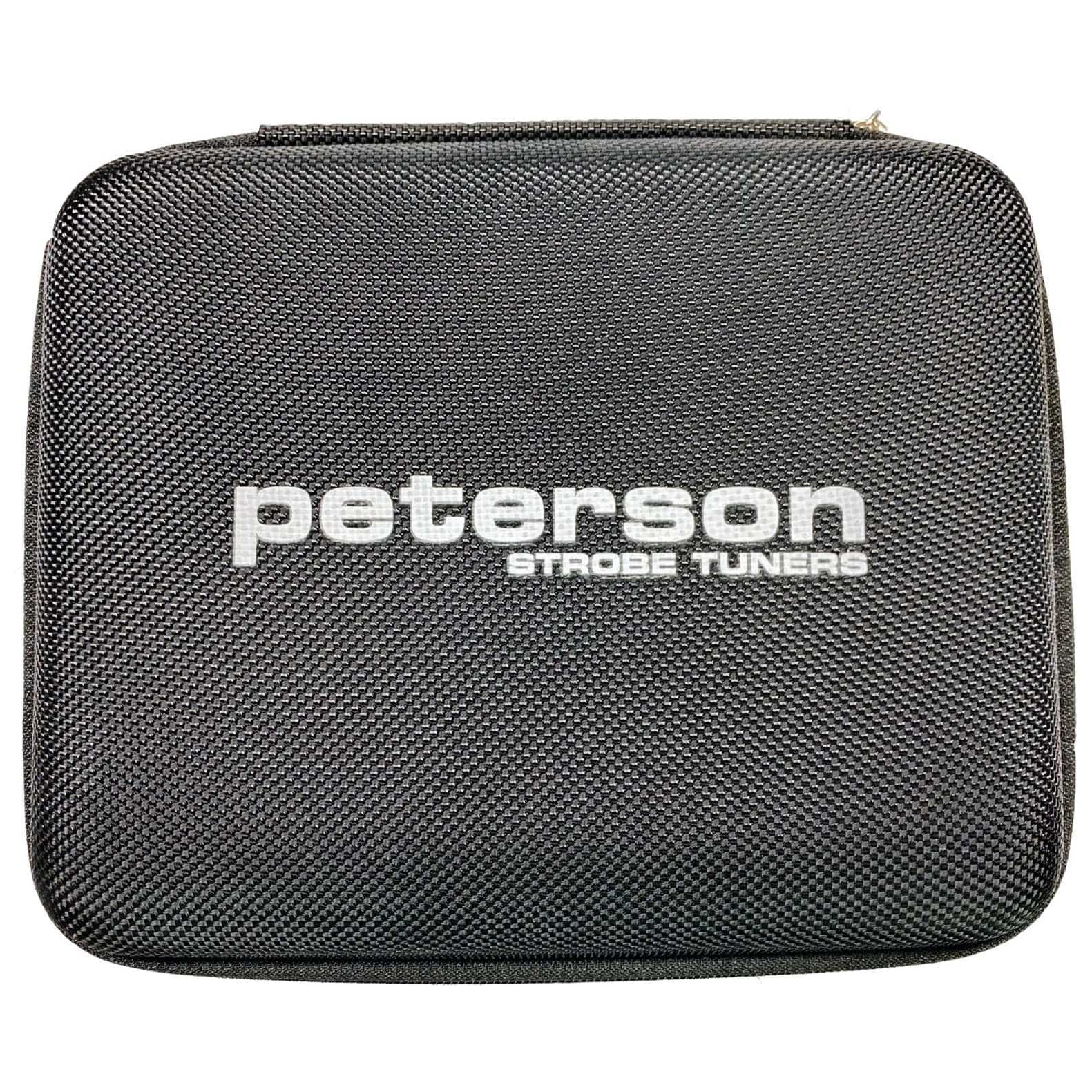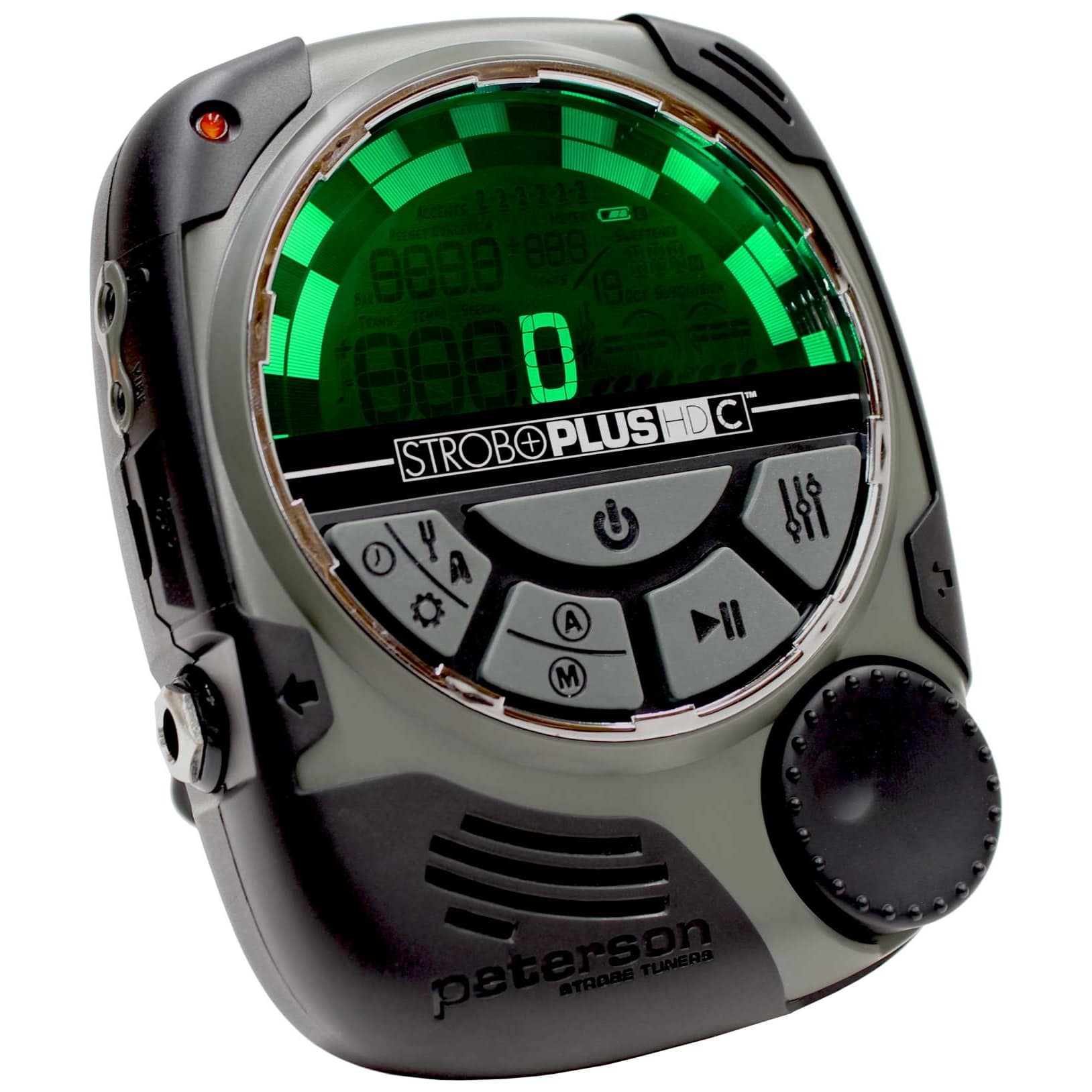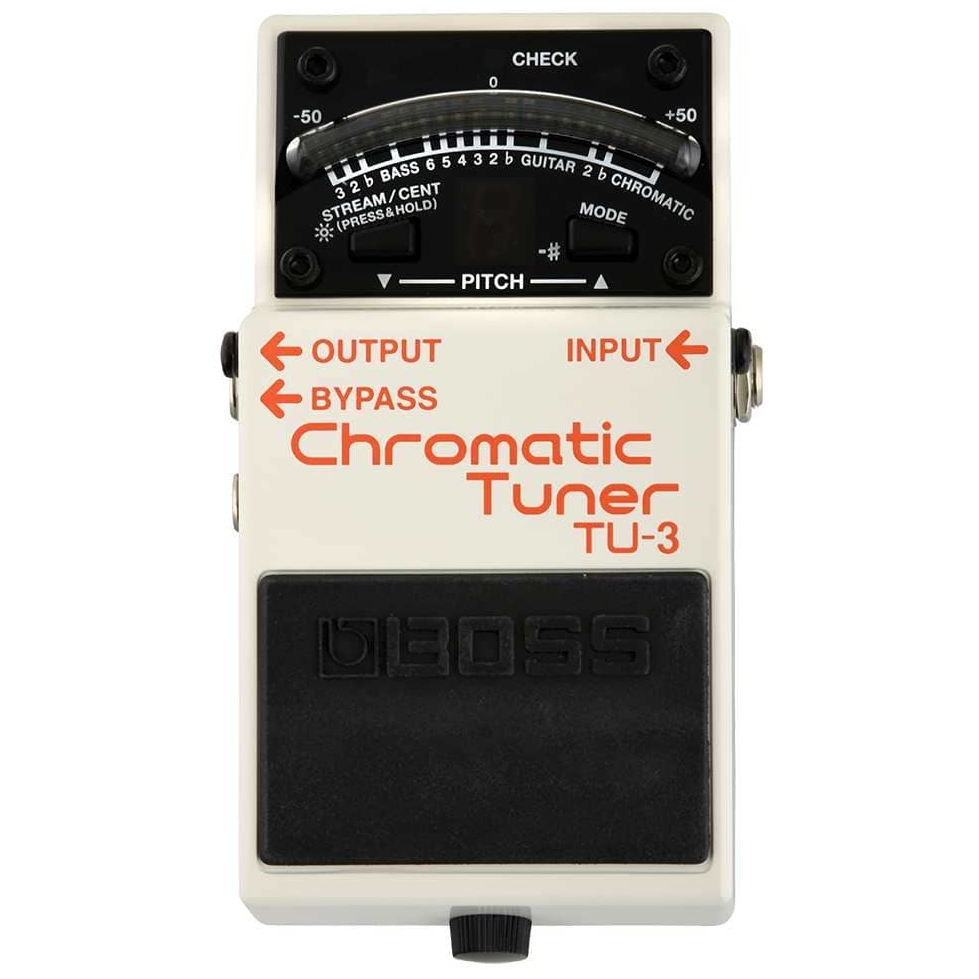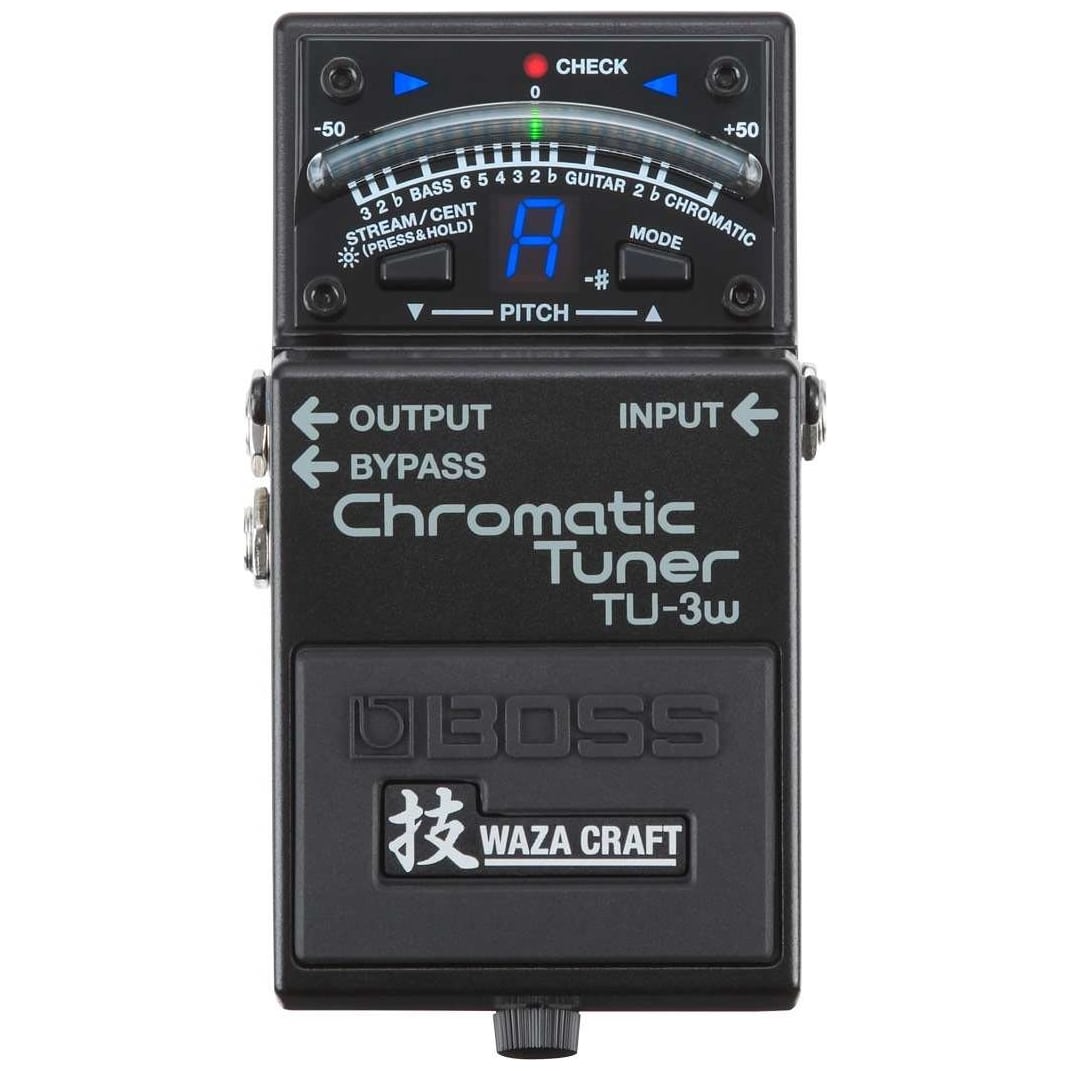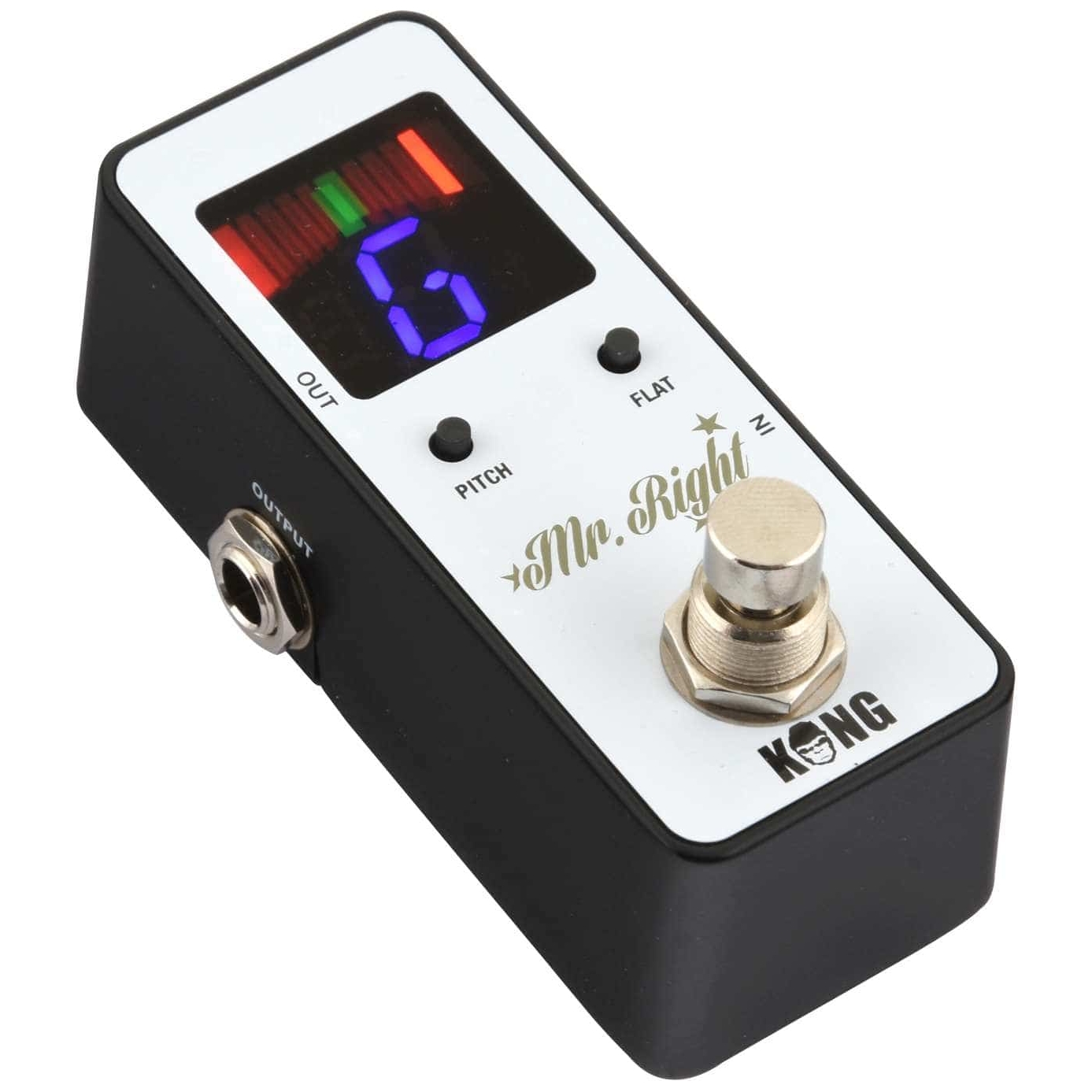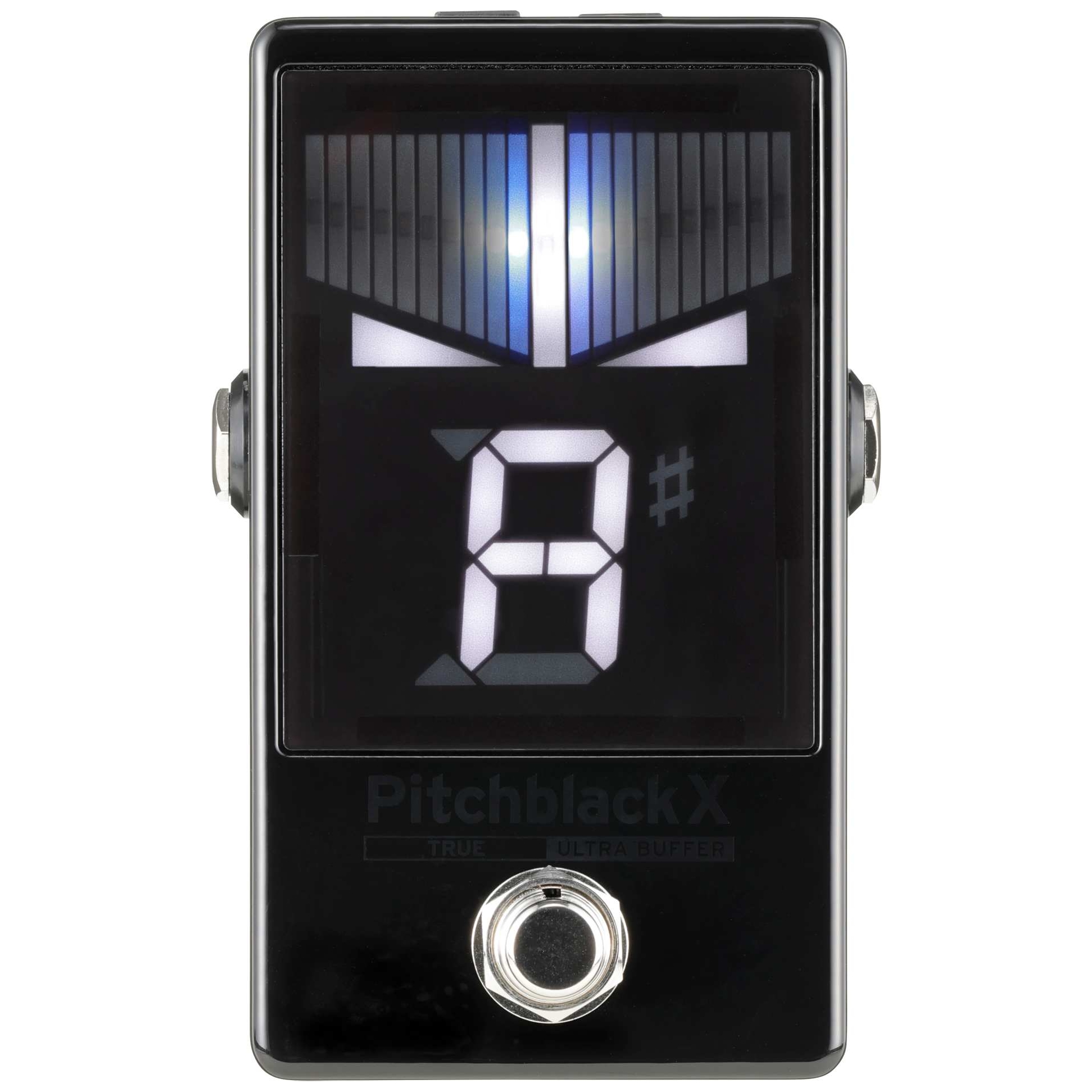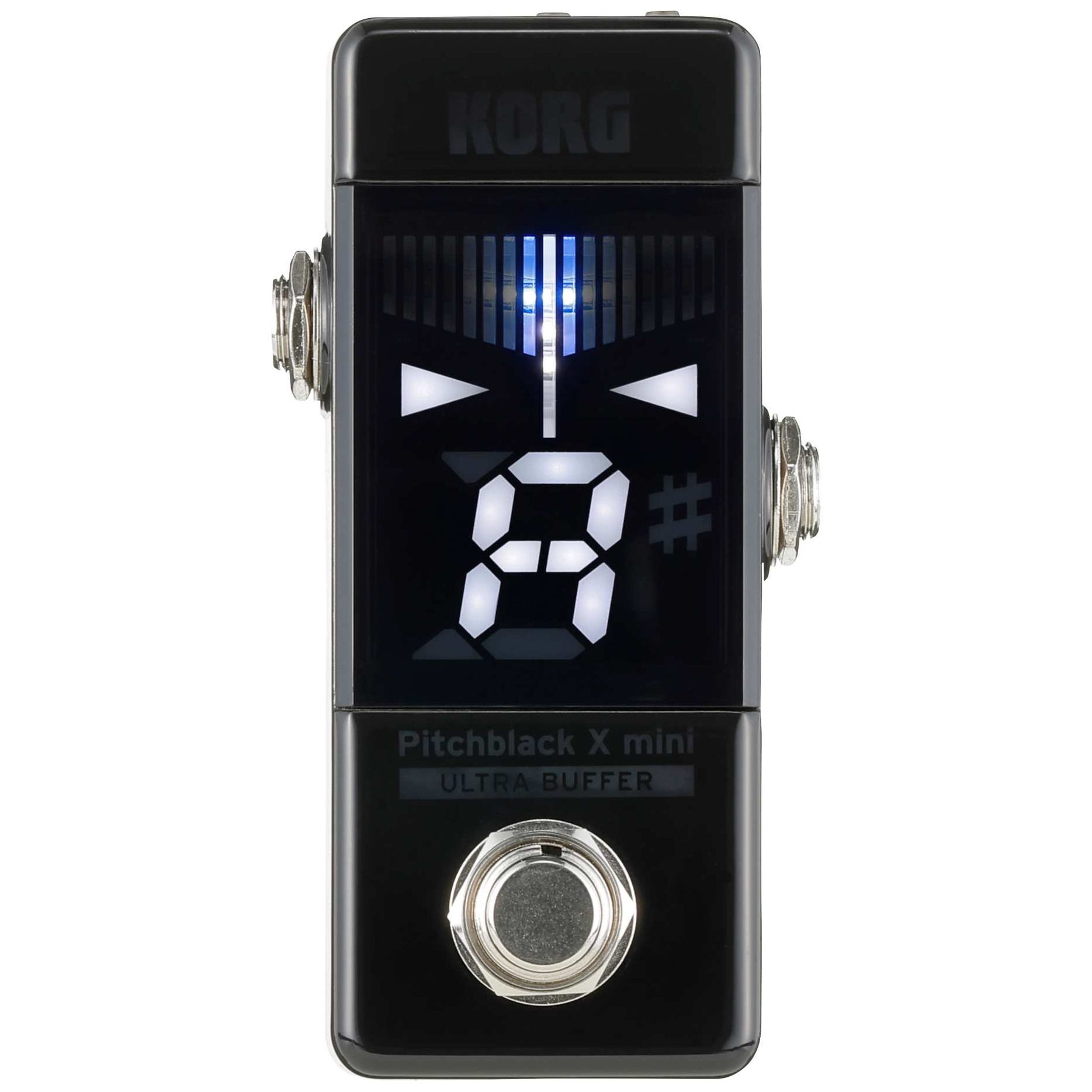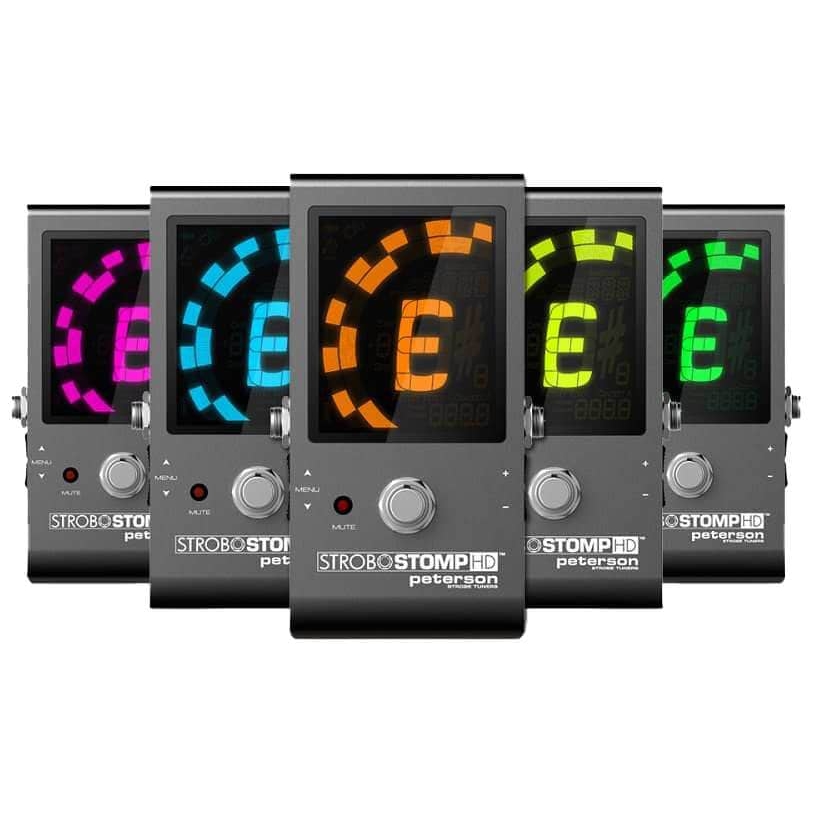Tuning your guitar made easy
“An Old Lady Goes Shopping Today”
In order to play clean tones, beautiful melodies or even polyphonic chords with your guitar, the individual strings must be adjusted to their respective pitch. The standard tuning of every guitar is the following tones:
E | A | D | G | H | E
In order to better remember the tuning of the guitar, several mnemonics have become common practice over time. The most famous of them is: “ An old lady is going shopping today ”. You should also know that the individual guitar strings have different strengths. The top string of the guitar is the thickest and sounds the deepest. The other strings become thinner towards the bottom and their tuning becomes correspondingly higher.
Since it is well known that “many roads lead to Rome,” there are different methods of getting to the right tuning when tuning your guitars.
How do I tune my guitar?
Tune your guitar using the 5th fret method
Experienced guitarists tune their guitar using their ear and the so-called 5th fret method. The 5th fret method compares the pitch of the strings . The strings to be compared are fingered in such a way that the same note sounds when played. The distances between the tones are a fourth apart.
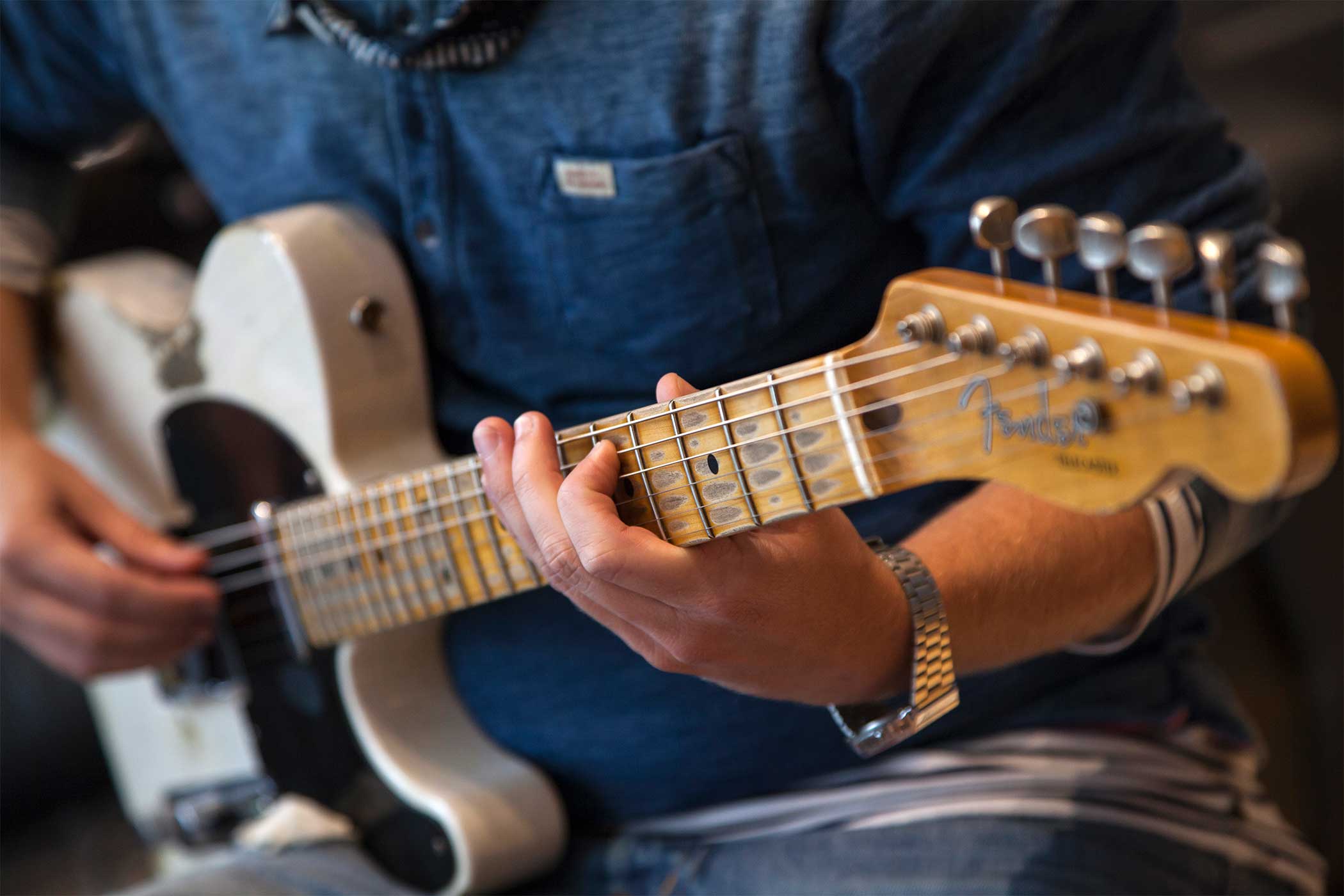
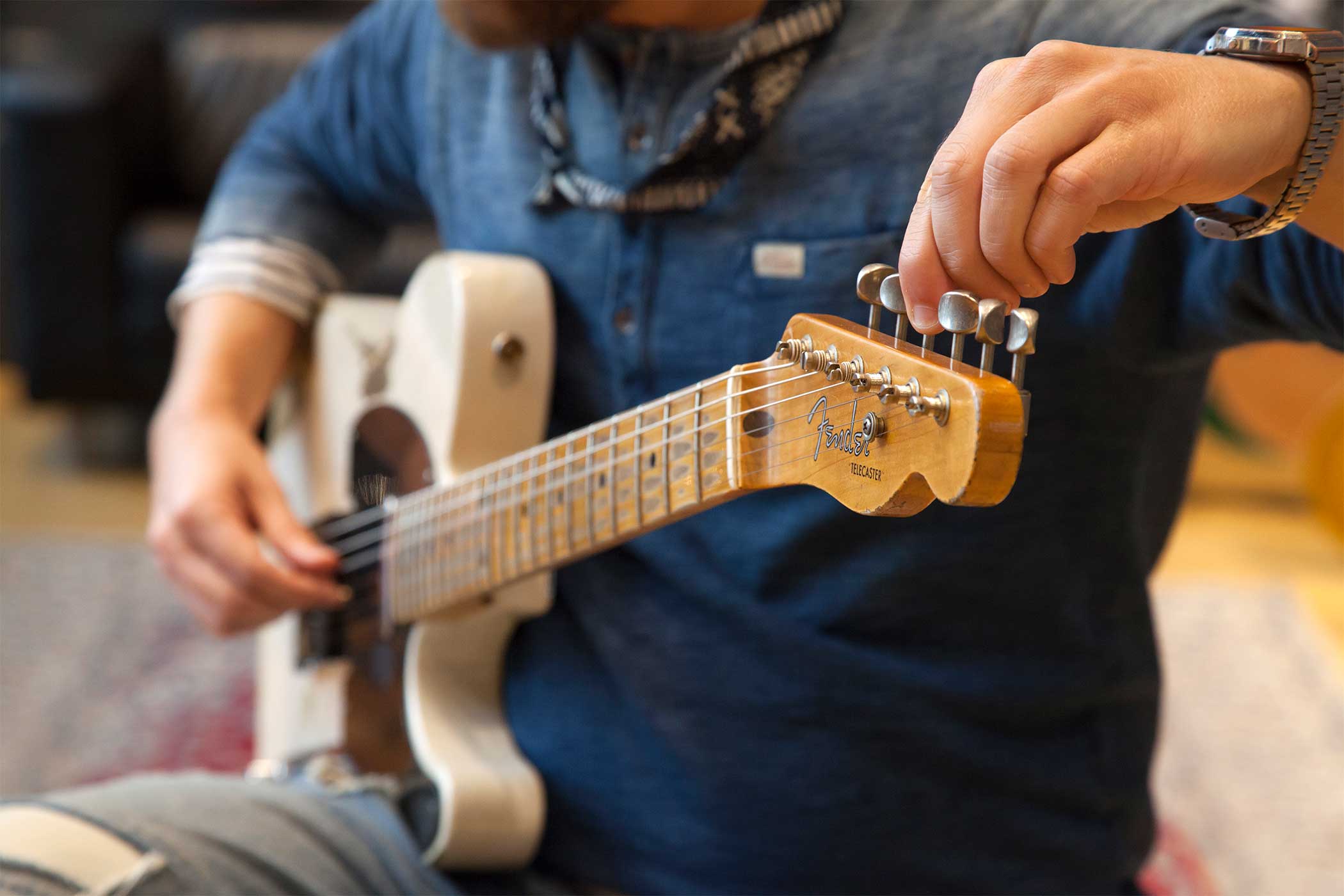
So you grab and play the 5th fret on the upper E string , match the tone with A String underneath and tune it by turning the tuning machines. This example is continued with the other strings . Only the strings G and B are played on the 4th fret instead of the 5th fret. The pitch here is a major third apart. This method requires some practice and a musical ear, but can be done relatively quickly and without any aids. The only problem is that the guitar appears to be coherent but may sound disharmonious with other instruments.
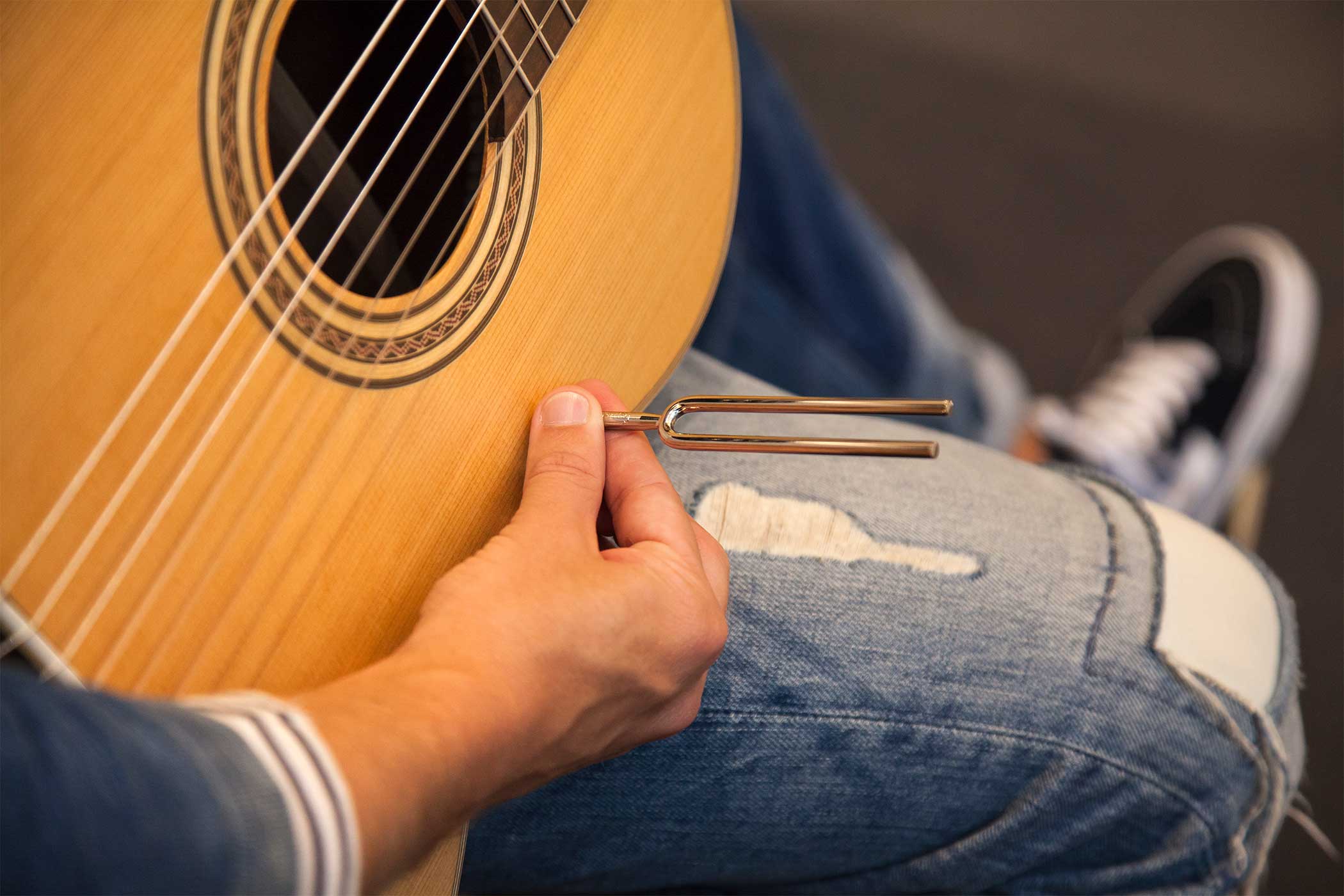
No compromises: get to the heart of your tuning !
Tune your guitar with a tuner
To get to the heart of the theme of tuning a guitar, most guitarists use a tuner. These little helpers are very easy and quick to use, even for beginners. A distinction is made between clip tuners, the classic tuners with a built-in microphone and jack plug or the robust tuners in pedal format.
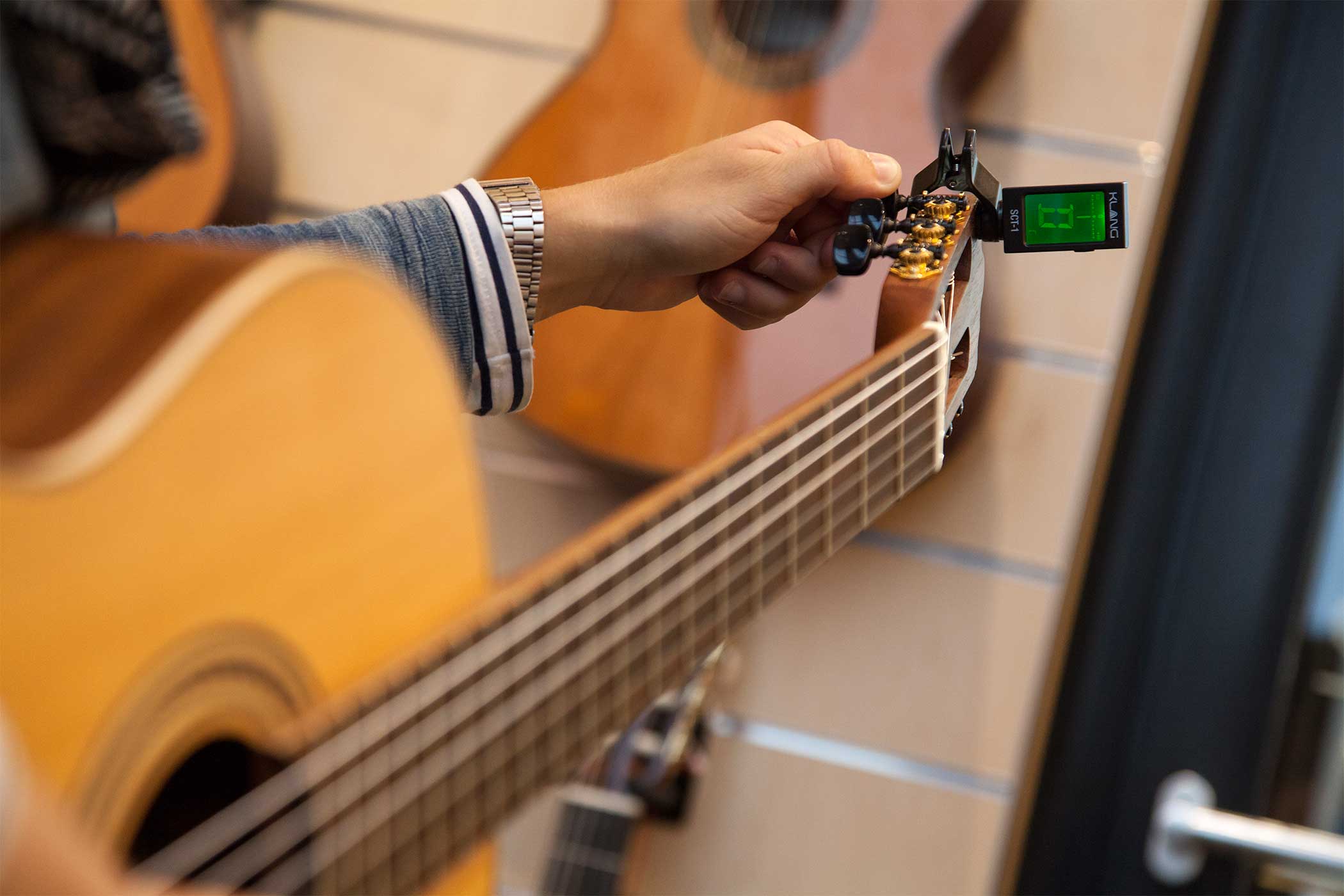
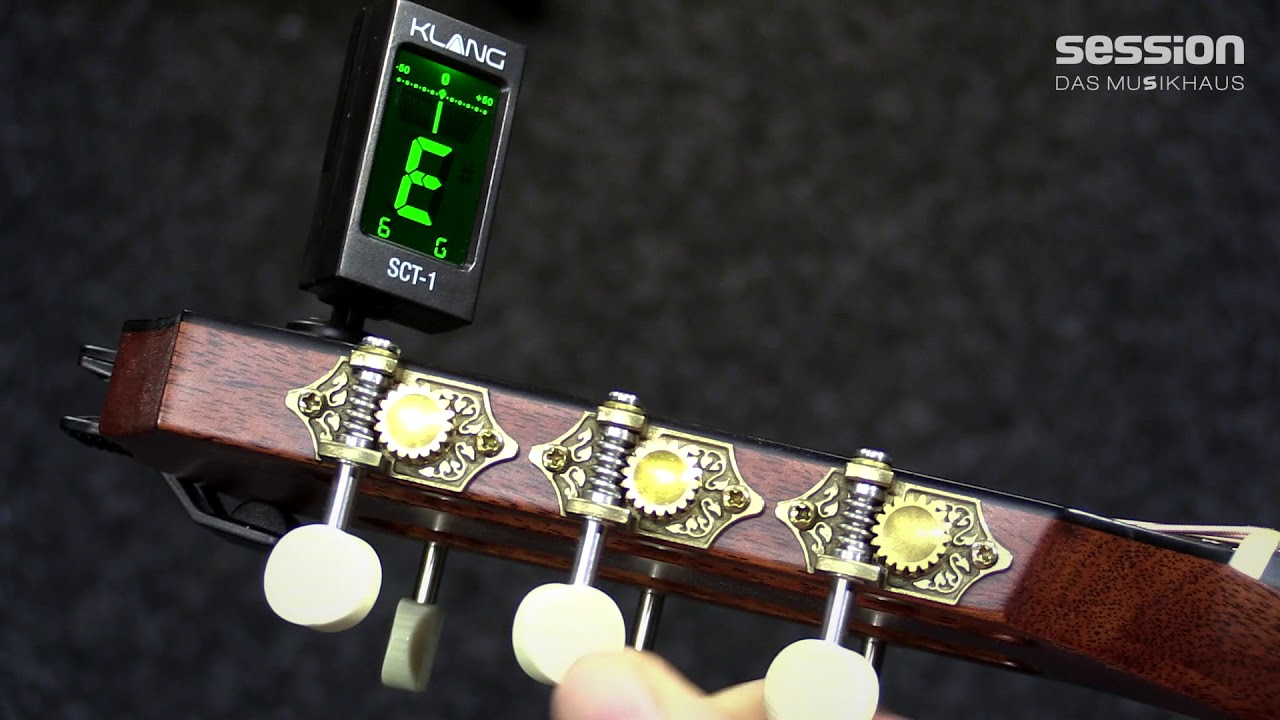
Clip tuner
The clip tuner are – as the name suggests – “clipped” to the headstock of the guitar and display the corresponding pitch based on the vibrations of the strings . Most tuner of this type are chromatic and are suitable for all stringed instruments. Tuners are rarely limited to the standard tuning of the guitar. The clip tuner are available in different versions from all common manufacturers. In addition to the design of the tuner, the main differences can be seen in the different display types. The 3 most common display variants are the digital, LED running light and the strobe display. Due to their compact size , clip tuner such as the sound SCT-2 Clip tuner, the Peterson SC-1 Strobo Clip HD tuner or the Danelectro Snark SN-1X Guitar tuner still find a free space even in the fullest GigBag. And if the GigBag is already loaded, you can also put the clip tuner in your pocket. If you want to always keep an eye on your tuning , you can simply leave your clip tuner on the headstock.
Know-how
With us you not only get what you need – we also show you how it works! To the guides.
Classic tuners
The classic tuners are usually equipped with a jack input and output as well as a built-in microphone. Tuners like the Korg GA-50 tuner fall into this catagory and are suitable for tuning both acoustic and electric guitars. To tune an acoustic guitar, simply place the tuner with the built-in microphone in front of the sound hole. However, background noise from fellow musicians who are in the same room could make tuning difficult. Acoustic guitars that already have a built-in pickup including a tuner are more practical.
As with electric guitars or basses, you plug this into the designated input socket of the classic tuner using the jack cable. In both cases, you connection turn the tuning machines until the tone is right. This is usually signaled visually via the digital display and a green light. Classic tuners are also ideal for traveling due to their compact size .
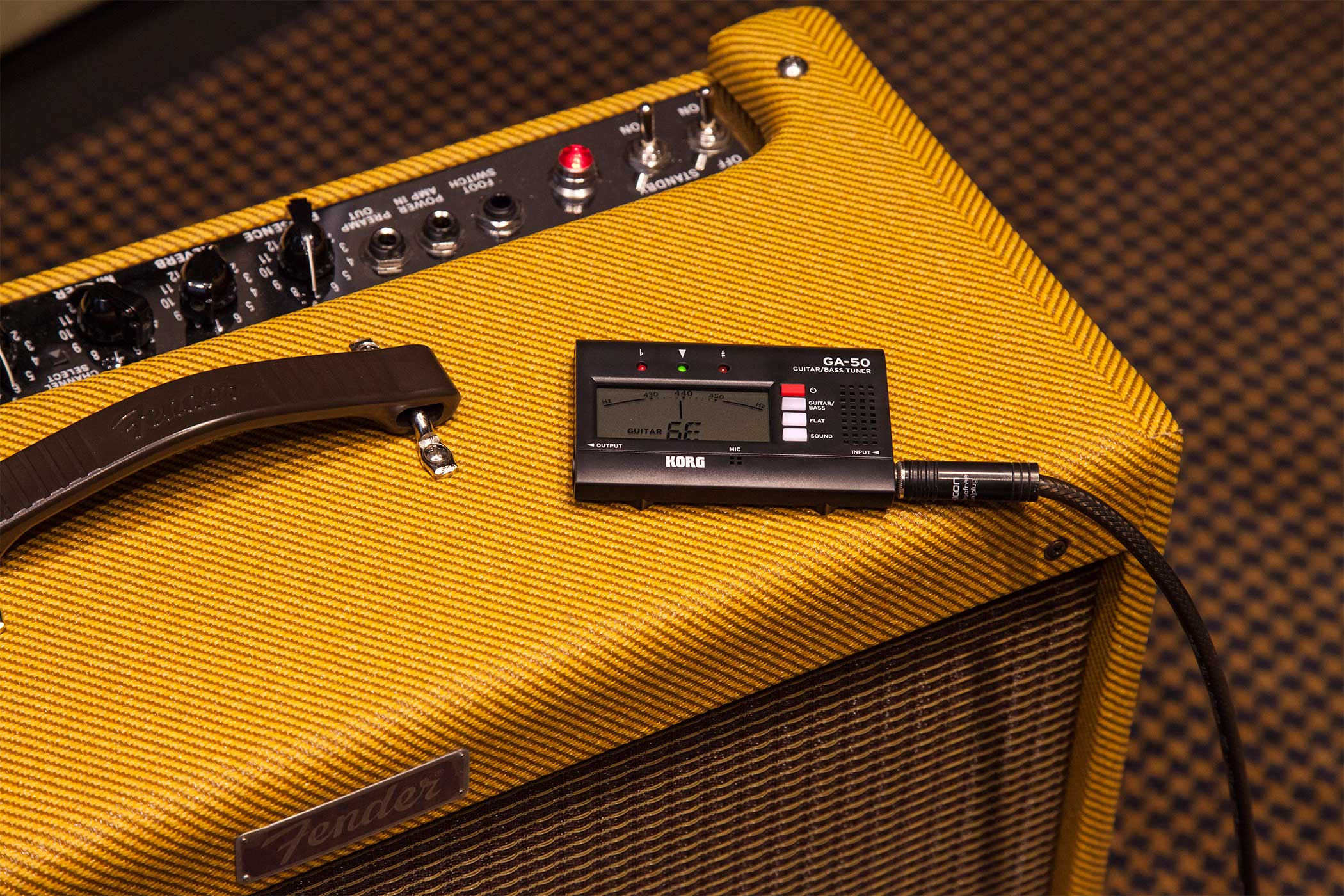

Tuners in stompbox format
The stompbox format tuners are designed for tuning electric guitars or basses. Acoustic guitars with a built-in pickup system are of course not excluded. To use a bottom tuner, simply plug one end of the cable into the jack socket of your guitar and the other end into the bottom tuner. As soon as you activate the switches on your pedal with your foot, the signal path is practically muted so that you can tune your guitar in peace. If you press the switches again, you can continue playing the guitar. Of course, the guitar signal can also be looped through other effects on the pedalboard or the guitar amplifier. bottom tuner like the Kong Mister-Right, the Mooer Baby tuner or the Boss TU-3 are very robust, small boxes and are ideal for mounting on a pedalboard and, due to their metal housing and large illuminated displays, also for the demanding and sometimes tough stage use.
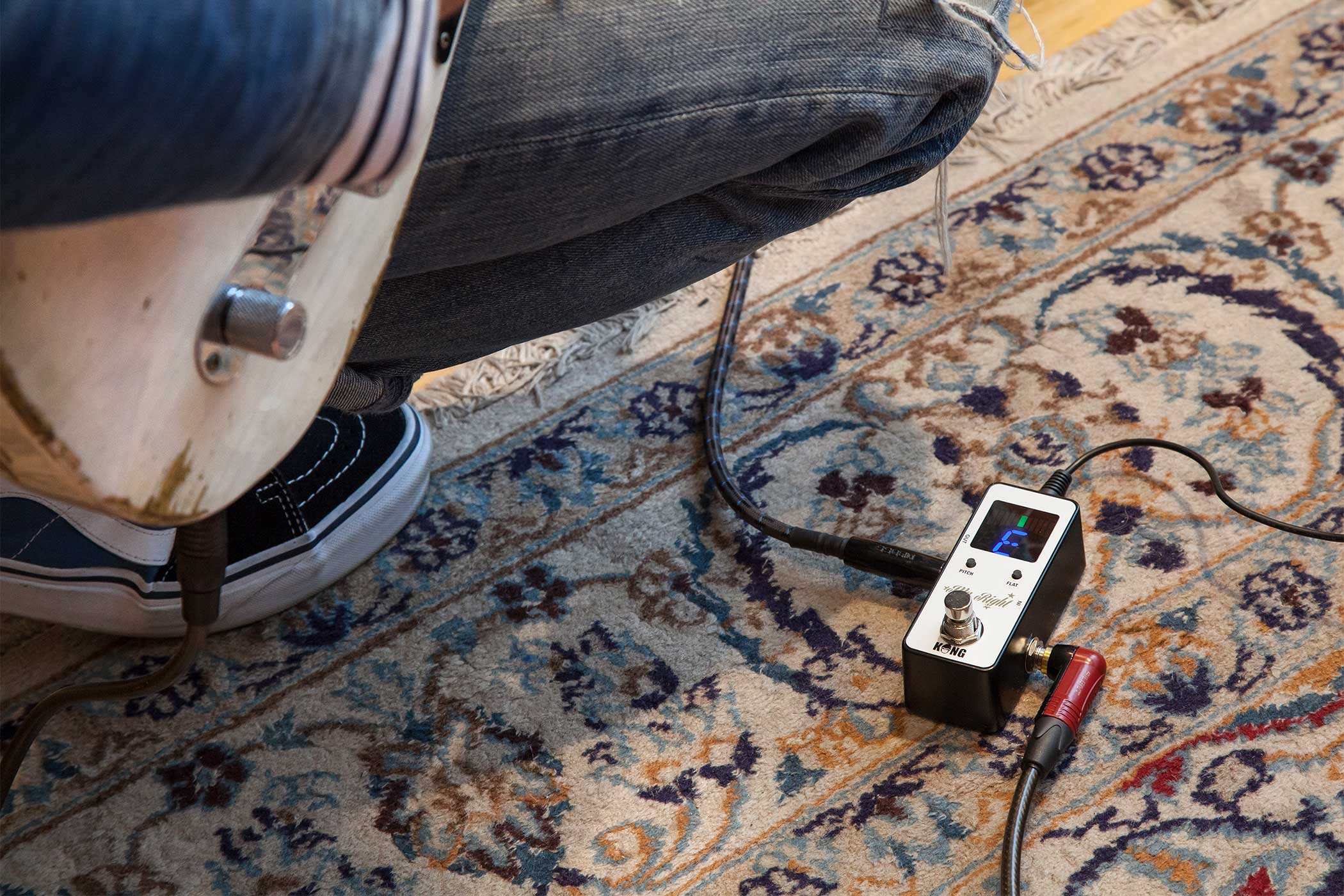
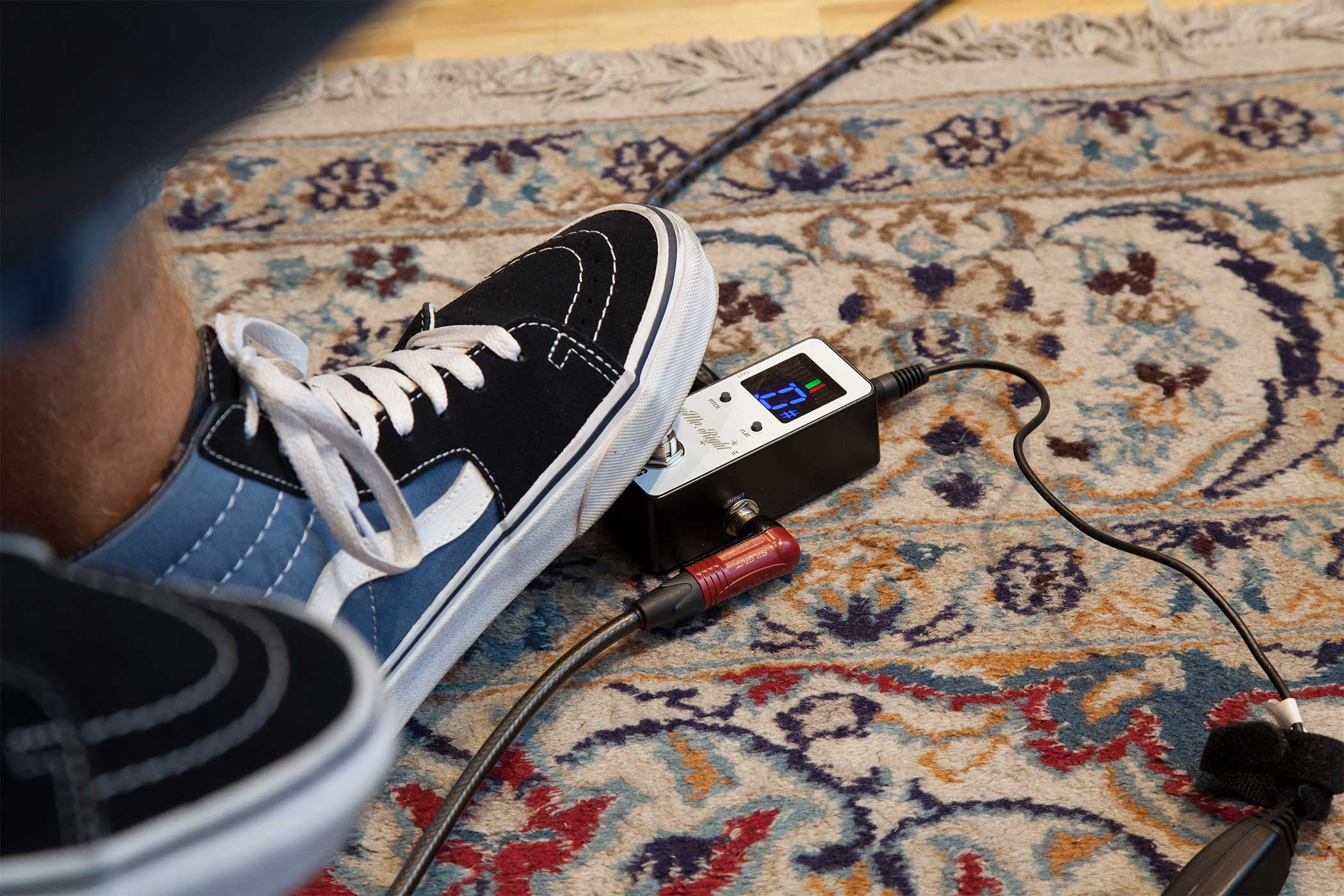
Websites and apps for tuning the guitar
The progress and modern technology of today does not stop at the theme of guitar tuning. On the Internet you can find homepages that deal with the theme of guitar tuning and that produce tones based on the principle of the pitch pipe. After these tones you can then get your guitar into the right tuning. Hard-working app developers even go one step further and offer this function to take with you. To go, so to speak. The advantage of these tuning apps is their constant availability. As we all know, you always have your smartphone in your pocket and can tuning your guitar even if you forget your tuner at home. Unfortunately, both of these developments are not very accurate. The sounds emitted from the built-in computer, laptop or smartphone speakers may sound different than normal, which in turn can lead to disharmony when compared to other instruments. A cable connection between the guitar and the tuner is simply more precise and the background noise is also minimized.
In the end, the tuning is in your hands
Which method you ultimately use to get your guitar in tuning is up to you. The only important thing is that you take the tuning of the guitar into your own hands before playing and at the end you can say:
"… Keep the change!"
 Trusted Shops: 4.84/5,00 (10085)
Trusted Shops: 4.84/5,00 (10085)

